|
Unlike the other six licensed 8-bit games I played for Racketboy's January Together Retro, Tiny Toon Adventures is one that I did have a kid and played a good bit but never actually got around to beating. I was always a big fan of Tiny Toons as a kid, but with platformers like the three Super Mario Bros games, this one just kind of fell by the wayside. Playing back through it and actually beating it this month, then was a great experience and a chance for me to reconnect to the past me that was basically raised by Nintendo's little grey toaster. Tiny Toon Adventures is, like so many licensed games on the NES, at platformer, and while there are some better platformers on the system, Tiny Toon Adventures is a lot better than the typical licensed game. You default to playing as Blue Rabbit (I don't remember their names and am too lazy to Google them, so I'm going to make them up), but you also pick a secondary character to whom you can switch if you find the right powerup. You get to choose between Green Bird, Stupid Cat, and Gay Tasmanian Devil. Each of these three secondary character have abilities that Blue Rabbit doesn't, but my hands down favorite was Green Bird with his hover ability. The game plays like a pretty traditional platformer complete with bonus stages between levels; if you end a stage with an amount of carrots divisible by 11, you enter a bonus stage in which you fight Duck Vader. If you can beat him without dying, you're rewarded with three extra lives. The visuals are, overall, nice, and they're certainly colorful, but there's one specific stylistic choice that puzzled me and never stopped bothering me. In most games, your characters and sprites have a black outline, right? That's, for the most part, kind of the norm. Blue Rabbit's outline is this jarring bright red instead of the traditional black. It doesn't affect gameplay at all, obviously, and the sprite itself looks fine and well designed, but that red outline just stuck out like a sore thumb to me the entire time I was playing. Fortunately the gameplay is fun enough and the music is composed well enough that, while it never stopped bugging me, I did eventually get over it and enjoy the game. Tiny Toon Adventures is, bizarre sprite outline coloration aside, a charming and well designed game. It doesn't revolutionize the genre - it's really just a "me too" platformer - but it does the genre well, and if you're a fan of the IP on which it's based, there's a lot to love here. I thoroughly enjoyed my playthrough of Tiny Toon Adventures, and if you're a fan of 8-bit platformers or of the Tiny Toons themselves, then I'm definitely going to suggest you take a look at this one. As far as I'm aware, it never got re-released digitally or otherwise, but I don't think the NES cartridge is too terribly expensive - $10, maybe? Give it a go. I doubt you'll be disappointed. My Rating - BAlso available for Game Boy and PlayStation 4, Xbox One, and Windows via Disney Afternoon Collection I have finally reached the end of the Disney Afternoon Collection with my playthrough of Darkwing Duck. I was familiar with Darkwing Duck as a kid, but I never really watched the cartoon much growing up. This is also the first time I've had the chance to play the game, and I gotta say, this one impressed me more than the majority of the Disney Afternoon Collection. While Duck Tales 2 is probably my favorite of the bunch, Darkwing Duck reminded me it and my second favorite, TaleSpin. Needless to say, this game is pretty great. The premise of the game is your standard late 80s/early 90s superhero cartoon story; you go deal with a series of loosely connected incidents across the city before confronting your primary nemesis at the end of the game. No one bought this game for the story; you buy this game for the character and the gameplay. The character of Darkwing Duck is over the top and goofy, and that even manages to come through a bit in this 8-bit version of him. The gameplay, however, is where the game really shines. When I said it reminded me of both Duck Tales 2 and TaleSpin, it was the gameplay to which I was referring. The platforming has the tight and refined feel that Duck Tales 2 had, but instead of a pogo stick or projectiles you pick up like in Rescue Rangers, Darkwing Duck has a gun that he shoots, hence why it reminded me a bit of TaleSpin. The platforming sections can be a little touchy at times, but by and large, the hit detection is good, and the controls are tight and responsive - exactly what you want from a platformer. If you've read any of my reviews of the other five games in the Disney Afternoon Collection, then you should know I'm about to stay with regards to music and visuals. The graphics are colorful, the sprites are well designed, and the enemies have a nice variety that keep things from feeling boring. The music, while still not on the level of the god-tier Duck Tales soundtrack, is probably the next best in the collection. Darkwing Duck always had some really cool music, and it's great to see that music make the transition to the 8-bit NES. As I bid farewell to the Disney Afternoon Collection, I'm glad that I ended with Darkwing Duck. After being a bit disappointed by the two Rescue Rangers games, I really wasn't sure what to expect out of Darkwing Duck, but I was extremely pleased with what I got. It feels, in a lot of ways, almost like Disney's Mega Man. I suppose that makes sense given that Capcom made both Darkwing Duck NES game as well as the Mega Man IP, but it's definitely not something I expected. I doubt I'll revisit either of the Rescue Ranger games or even TaleSpin, but I can absolutely see myself revisiting Darkwing Duck some rainy afternoon when I just need something simple and colorful to play. My Rating - AAlso available on PlayStation Portable and PlayStation Vita EDF! EDF! EDF! Global Defence Force, otherwise known as Earth Defense Force 2, is the second game in the EDF series and the first to be released outside of Japan (although, unfortunately, not in North America until the Vita port a couple years ago). I mean, if you've played one EDF game, you've pretty much played them all - dozens of levels full of massive robots and insects to kill - but that doesn't mean you shouldn't go ahead and play them all. EDF! Global Defence Force is a simple game for simple people. It's a wildly over-the-top third person shooter where you run around and kill 30 foot bugs. That's it. There's no story other than "Giant insects are attacking! Save the world!" There are no non-generic character. There's no experience or leveling up. Just 71 levels of bug-killing glory. It's a low budget cheap thrills game, and it feels like one, and that's okay. You don't watch a Steven Seagal flick for a powerful narrative, and you don't play EDF for deep gameplay. The levels are balanced like a low budget game, too; even in the middle of the game, some will feel really easy and be over in less than five minutes whereas others will be 10 or 20 minutes of harrowing near-death combat. Because the game was only released in Europe and Japan, and I have a North American PS2, I had to play this on an emulator despite owning a retail copy of the game. I normally have ways of getting around region locks, but the PS2 have a particularly robust region lock that - as far as I'm aware - you can't bypass safely without a hardware modification. Anyway, because I played on an emulator (though still using a real disc), I spent most of the game thinking "Wow, this really doesn't look much different from the 360/PS3 EDF games." Not sure if that's a complement to EDF2 or an insult to EDF3 and EDF 4. Regardless, I eventually (and accidentally) discovered the hotkey to switch from hardware resolution to software resolution, seeing the game at the PS2's native craptastic 480i. Jesus Christ, it very quickly stopped looking the later games. It didn't look bad by any means (considering the low budget nature of the game), but it certainly didn't impress like it did when I was playing it at 4x the software resolution. Above - 1440p Below - 480p The game features two player co-op, making this game PERFECT for getting hella drunk with a friend and blowing up giant bugs together. There's really not a whole lot more to say about the game. The music is fine although the loops are pretty short, so it can get annoying after a while. Rather than record little English voice clips for the in-game dialogue like they did in the later games, they just removed it entirely when localizing from the Japan, so it can feel rather awkward with short, repetitive music interrupted only by explosions and the screams of dying 50 foot spiders. Just turn the music volume off and blast some Rob Zombie, though; it makes everything better. Global Defence Force is not a game that most folks would describe as "really good." It is, however, the second entry in one of my all-time favorite game series. It's the kind of stupid, mindless carnage and fun that people go to 80's action movies and MMA fights. It's utterly pointless, but it's an absolute blast to play especially if you've got friends. The visuals aren't the flashiest, and the frame rate tanks frequently, but as long time fans will you tell you, that's just one of EDF's quirks. You're gonna have a real hard time playing this one legitimately if you're not Japanese or European, but it's absolutely worth it to play however you can; when it comes to EDF, I won't ask about the legitimacy of your method. That said, though, it's objectively not a great game. It's just a really fun mediocre game. My Rating - CAlso available on PlayStation 4, Xbox One, and Windows via Disney Afternoon Collection When I played the first Chip n Dale Rescue Rangers game the other day, I wasn't as impressed with the game as I'd hoped or expected to be, so I really wasn't sure what to expect going into the sequel. Is it going to be more of the same? More of mostly the same but more polished? A redirection? The last option would be ideal in my opinion, and while that wasn't the case, it did at least do what Duck Tales 2 did; it took the gameplay and formula from the first game and just made it better. In terms of visuals and sound, the everything is pretty much identical to the first game. Same music, same sprites, same animations for the most part. It seem that there's less noticeable flicker on the sprites in this game which was a nice improvement, but by and large, the look is the same. The feel is where some improvements begin to be noticeable. Everything from jumping to throwing projectiles at enemies feels just a bit tighter and more refined. That may be placebo effect - it's a sequel, so I expect it to be better - but regardless of the reason, I did feel as if I had some better control in this game, leading to an overall more enjoyable experience. I also found the level design to be markedly improved here. While the levels are still significantly shorter, more straightforward, and more numerous than those in Duck Tales, there did seem to be a bit more depth and thought put into the levels in Rescue Rangers 2 than in the first game; some vertical movement thrown in to spice up the otherwise left-to-right level design as well as having levels broken into a few different screens to keep things somewhat interesting. The boss battles felt as if a lot more care had been put into their development as well. Instead of having a red ball just magically there for you to throw at bosses, you had to dodge boss attacks until one ended up providing you with a projectile to pick up and throw. The boss attack patters felt a bit easier to dodge than in the first game, but because you had to wait for a weapon to throw, it gave the bosses a feel of being a challenge rather than just "hard." Chip 'n Dale Rescue Rangers 2 definitely features a range of subtle improvements over the first game while maintaining the look, sound, and overall feel of its predecessor. These improvements, however, definitely mark it as a much superior game to the first Rescue Rangers. I still wasn't enthralled with the game overall - give me either Duck Tales game, please - but this was a welcome step in the right direction and much more enjoyable experience for me than the previous game. My Rating - CAlso available on PlayStation 4, Xbox One, and Windows via Disney Afternoon Collection Chip 'n Dale Rescue Rangers was one of Disney's shows of which I was aware as a kid but never really watched much of. Pretty much everyone who spends any time on the internet is aware of Rescue Rangers even they don't think that they are; no one can escape R34 Gadget no matter how hard you try. Other than seeing little bits and pieces of the cartoon as a kid, though, that was the extent of my knowledge of it. I never played the game growing up, and I never sought it out when I got older. It was just "meh" to me. Rescue Rangers is a platformer, but it's one with a very different feel than Duck Tales. Instead of playing as an aging duck, you play a tiny little chipmunk...or a squirrel...or some small rodent, I don't know. As such, the momentum and movement feel a bit different. You move a little faster and jump a little higher (albeit without a pogo), and the character feels a bit floatier. Instead of hitting things with a cane like a golf club, you pick objects up and throw them at enemies. While the levels are MUCH more straightforward than those in Duck Tales, the game was a lot more difficult for me. It wasn't brutal, but I definitely found myself dying more often and having to take a lot more time and care with levels in Chip 'n Dale Rescue Rangers. The music in the game is of the same pretty high quality as Capcom's other Disney-licensed games, and the same goes for the visuals. Colors are bright and well balanced, and the various enemy sprites are all well detailed and move fairly smoothly. There's some noticeable slowdown in parts of a few levels, but for the most part, the game performs pretty well. There's a nice variety of levels - around a dozen if memory serves - and each level has a pretty distinct look and feel, so the gameplay never feels stale or rehashed. Chip 'n Dale Rescue Rangers is a good platformer and addition to Capcom's Disney-licensed portfolio, but I personally found it disappointing after having played Duck Tales and Duck Tales 2. It's a good game, but it just doesn't stand up against those two in my opinion. Like the other Capcom Disney games I've reviewed, it's readily available in the Disney Afternoon Collection, so if you've downloaded that, give it a go. It's a very different game than Duck Tales, so it's very worthwhile to experience both even if I find this to be the inferior of the two. My Rating - CAlso available for Game Boy and PlayStation 4, Xbox One, and Windows via Disney Afternoon Collection TaleSpin is, unlike Duck Tales, an IP with which I had no experience prior to this playthrough. I never saw the cartoon as a kid, and I'd never even heard of the NES game growing up. This was a totally new experience for me. While I found the characters much less endearing (partly because I had no nostalgia, I'm sure, and partly because the use of bears and a tiger brought flashbacks of furries), the game itself was a TON of fun to play and honestly much better suited to my preferences and genre taste than Duck Tales. Whereas the two Duck Tales games were platformers, TaleSpin plays like a horizontally scrolling shmup. It's a lot slower paced than a true shmup, and you can turn your plane around and go backwards, but that's the best way I can think to describe the core gameplay. The game is spread out over eight levels with bonus levels hidden along the way for extra points. Between each level, you can upgrade your plane if you have enough money (which you get from increasing your score during the game). Some of these upgrades include extra lives, a faster gun, more health, speed boost, etc. I mainly focused on the gun because pew pew. The story didn't interest me (not that it really needs to); you're an overweight bear flying a plane to deliver stuff for some yiff fuel chick while some ass hole tiger is trying to stop you because he's a cat and they're jerks. Not interesting, but it serves the purpose. The music I found to be much less endearing than Duck Tales, but how much of that was nostalgia and how much that is honest and objective preference, I can't say. Visually, however, it's about on par; it's bright and colorful, and the sprites look fantastic. It controls extremely well, too; at no point did it feel somewhat iffy like the pogo cane in the first Duck Tales game. You can't aim upwards without moving up (it's a plane and not a helicopter, after all), and that took a little bit of getting used to with regards to shooting enemies without running into their bullets, but it's a pretty shallow learning curve, so I can't imagine that would take anyone particularly long to adapt to. TaleSpin is a license that doesn't interest me in the slightest, but I can't deny that the game itself is well made and a ton of fun to play. It's got the core play style of a horizontal shooter like R-Type or Gradius but with a slower pace and overall less stressful feel (at least until the last couple levels). Its inclusion in the Disney Afternoon Collection makes it readily available to modern players (I'm hoping Capcom will port that collection over to Switch as it's the perfect platform for it), and it's definitely worth playing for fans of the scrolling shooter genre. My Rating - BAlso available on Game Boy and PlayStation 4, Xbox One, and Windows via Disney Afternoon Collection DuckTales 2 is one of the more attainable "super rare" games for NES collectors. Being released several years after the release of the Super Nintendo, it saw a very low print run, making copies of the game extremely uncommon. Add to that the fact that it's an absolutely incredible game that improves upon its predecessor in pretty much every way imaginable, and you've got a perfect recipe for rarity and demand. The game follows the same basic formula as the first DuckTales game; you play as impossibly lovable capitalist Scrooge McDuck on a quest to get even richer in a platformer adventure that spans five worlds (plus a secret sixth world). Every complaint I had about the first game was fixed here; levels are less obtuse in design, the pogo mechanics feel fantastic, and rope/vine/chain climbing is exactly as response as one would hope. It's a shame that the legitimate cartridge is so expensive because this is the pinnacle of Disney licensed 8-bit game design. At least we have the Disney Afternoon Collection and, if all else fails (or, like me, you're stuck in a classroom for two hours after your students finish taking a state test), you've got emulators. Like the previous game, the visuals are bright and colorful, and the music is absolutely delightful. At no point does the soundtrack begin to sound repetitive, and at no point do the visuals grow disappointing or dull. The bosses are straightforward in design but still offer a good challenge, and they always feel fair. 8-bit bosses that never cross into feeling cheap aren't always common, so it's nice to see that DuckTales 2's bosses were so well designed in that regard. DuckTales 2 is a great example of a licensed platformer done right. This was Capcom on their A game. This was Disney before every game using one of their licenses was straight trash. Unfortunately few people will have the privilege of owning the original NES cartridge (I doubt I ever will), but however you're able to play, fans of 8-bit games owe it to themselves to play DuckTales 2. It's not perfect, but it's about as close as a licensed game can get. My Rating - BAlso available for Nintendo 64, Switch, PlayStation 4, Xbox One, Linux, and OSX Back when Turok was first released 20 years ago (Jesus Christ, I'm getting old), I didn't have much opportunity to play it. I was, after all, but a child - kindergarten or first grade, if memory serves - and my mother wasn't too keen on letting me play M rated games in high school let alone when I still had all my baby teeth. I did get a couple opportunities here and there to play bits and pieces of it at friends' houses, and I was always enamored by it; a lone man in (what at the time was) an incredibly realistic looking world filled with dinosaurs and gun toting enemies. Despite my fascination with the game, I never owned it, so I never got to play more than a little bit of it. Then this remaster pops up on Steam, and I end up with it in my library. I don't remember how (seriously, I have over 700 games installed on my PC, and I have no idea where half of them came from), but there it was, so I finally sat down and played it. Even in this remaster, you can tell that visuals are those of a game that's old enough to drink and have a Bachelor's degree. They's increased the draw distance, spruced up some effects, and cleaned up the models, but at the end of the day, it's still a remaster of a (by modern standards) extremely primitive 3D game rather than a full remake. If you're familiar with the visuals of the original release, however, then it's still an impressive upgrade nonetheless. The game definitely feels its age when playing as well; this is very much a first person shooter from that rather awkward time period where FPS games were every bit as labyrinthine as a third person action game, and as a result, the challenge is often as much finding your way to the objectives and the exit of each level as the enemies you'll encounter. Whether that's a good thing or a bad thing is a matter of personal preference; I, personally, like a bit of exploration as opposed to the hyper-linear shooters that you see in recent years (especially on PS3 and 360), but Turok is a tad too cryptic for me in the later levels. The plot is definitely the game's weak link simply because there's barely one. You play as a time traveling Native American man whose duty it is to maintain the boundary between Earth and the "Lost Land," a realm where time has no meaning and enemies range from dinosaurs and spear wielding tribesman to giant robots and aliens with lasers. There's this one bad hombre who's trying to assemble some super weapon to break down that barrier and destroy everything in existence, and you've got to go kill dinosaurs and aliens and stuff to stop him. That's it. That's the whole plot. At least all I could figure out. Not bad, per se, but extremely bare bones. Turok is an enjoyable experience, but even with a modern HD remaster, it shows its age, and it frankly hasn't aged particularly well. The game mechanics, level design, and visuals (even with the remaster's fresh coat of paint) all belie the fact that the game is, at the end of the day, from 1996. It's certainly not a bad game, and I had a lot of fun throughout most of my playthrough, but it's not a game that feels at all modernized, and younger gamers probably won't appreciate it the way those of us in our late 20s or early 30s will. My Rating - CDeep Space Waifu is a simple game, and it's every bit as pointless as it sounds. I got it as a Christmas gift from on a friend on Racketboy. This game attempts to answer the question that I'm pretty sure no one ever asked - "What if Huniepop were a shmup and even more lewd?" I'm pretty sure no one ever asked that question, but this is the answer nonetheless, and what an answer it is. The game is definitely NSFW. The whole idea is that you're a bear riding a space motorcycle, and you go on dates with these random space chicks (and, in one case, an interdimensional cat chick). It plays like a vertically scrolling spaceship shooter except that it's REALLY easy; the game is described by the creators as a casual shooter, so this a game you play to relax and be a perv weeb, not to find a challenge. You can also unlock a "One Hand Mode;" I'll leave that there without explanation and let you work out the obvious connotation. In addition to being extremely easy, the game is extremely short. I went from "Oh, haven't played this yet" to having all 69 achievements (I refuse to believe that number wasn't intentional) in just a little over two hours. If you have absolutely zero shame, though, it's not a bad way to kill a couple hours. Sound design is nothing to write home about, and the visuals are about as "indie VN" quality as it gets, but again, this game isn't aiming to be a AAA experience; it's just here to kill time, relax, and be perverted. In those endeavors, it excels. Deep Space Waifu is as shallow as a game can be, and that's the point. Just sit back, relax, and objectify anime chicks. That's its whole thing. It's cheap - $2 even when not on sale if memory serves - and in my opinion, it's worth that. It's definitely going to offend the more socially conscious and SJWs out there, but given that it's all hand drawn anime chicks in space, it's detached from reality far enough that I think it's fair game. No one is ever going to say "Dude, Deep Space Waifu is an amazing game!" but it's definitely an entertaining game, and at this price point, that's really all it needs to be. My Rating - CAlso available on Switch, PlayStation 4, PlayStation 5, Xbox One, Xbox Series X, Linux, andOSX WARNINGI'm being 100% serious right now - this game will psychologically destroy you. The disclaimer at the start of the game is totally legit - if you suffer from depression or anxiety, DO NOT PLAY THIS GAME. I wish I had listened. "Hey, have you played Doki Doki Literature Club?" I legit heard that from at least thirty different people over the past few months. Figuring that my friends know me pretty well and, therefore, this must be a good game for this many to recommend it, I decided to give it a go. I like cute visual novels and dating sims, and this looks like that. Plus it's free. Who can beat free? I'm now questioning the validity all of my friendships. Why would someone who cares about me tell me to play something like this? I'm not questioning my friendships in any serious, literal way, of course, but...this is not a "fun" game. Doki Doki Literature Club is a visual novel, but it's not at all what it first appears to be. At first, it appears to be your run-of-the-mill neckbeard harem VN. After about an hour (depending on your reading speed), though, you start to see how far from the truth that is. This is not a dating sim; this is the most severe psychological horror game that has perhaps ever been released. I've played a lot of really screwed up and will-screw-you-up games in the past few years - Spec Ops: The Line, The Last of Us, PT, SOMA, Silent Hill: Shattered Memories, etc - and none of them even begin to approach Doki Doki Literature Club. Everything about this game is masterfully crafted, and because the entire game is so well made, you cannot overstate the psychological damage it will do to the player. Most folks will probably brush all that off as hyperbole - exactly like I did - and play it anyway, and for those who aren't dealing with mental illness, that might be fine. For those of us who are, however, and who do spend every day fighting our own inner demons, that's a mistake. Doki Doki Literature Club does things to you emotionally that a game shouldn't be able to do - especially a free visual novel. I have never had any medium - not film, not books, not music - ever affect me as deeply and profoundly as this game did. It's like that VHS tape in The Ring; it's not *just* a game. At the very least, it's so psychologically...well, for lack of a better phrase, fucked up....that it feels like it's not just a game. The next paragraph is going to deal with my personal experience with the game and will include major spoilers, so skip the next paragraph and pick up at "OKAY SPOILERS OVER" if you haven't played and think you might. The game's story involves a high school literature club that you're kind of pressed into joining. There are four girls in the club - Sayori, your happy(?)-go-lucky childhood friend; Natsuki, a super tsundere girl who's hella into manga; Yuri, an extremely intelligent but socially inept girl; and Monika, an acquaintance of yours who never really plays a major role in the choices...at first. You do your typical dating sim stuff, picking a waifu and trying to get closer to her...and then it hits. Sayori, whom you've known since early childhood, acts a bit off one day. Naturally, you're concerned, but you let it go when she says that it's nothing. Shortly thereafter, you walk next door to check on her, and her dialogue...describes every day of the past 13 years of my life that was crippling. Truthfully the only word I can think of is "triggered." The computer screen became a mirror as I saw in this adorable anime girl the entire latter half of my life. The lack of motivation to do anything except wait for oblivion. The feeling of complete and utter worthlessness, of being nothing but a burden to those you love. The desire to see your friends happy because you're literally not good for anything. The all consuming numbness interrupted only by pain. Then it ends the way that, deep down, you always knew it would. "You really left Sayori hanging this morning." Suddenly I'm not looking in a mirror but a window to the realization of how my mental illness could have ended and what I'm terrified to acknowledge part of me still yearns for. And that's just one character. That's not even touching on the obsessive psychosis, the self-mutilation, the abuse, the dependency, and the fatal manipulation of other characters. OKAY SPOILERS OVER. Doki Doki Literature Club was developed over the course of two years by a team although the credits lead me to believe it was largely "this one guy and some helpers." It is, at its root, a metafictional and psychological horror commentary on mental illness and some of the exceptionally unhealthy characterizations and tropes common in dating sims. Given my love for Hyperdimension Neptunia, I'm no stranger to characters who break the fourth wall, but this game makes Nep look straight up strict in that regard. Whatever you think a game can do to break the fourth wall is tame in comparison. It may sound like I have a negative opinion of this game because of the inundation of negative emotions it brought, but I was actually extraordinarily impressed with this game in all regards. The music is lovely but otherwise doesn't stand out as particularly noteworthy...at first. The farther you get into the game, the more you realize just how much thought and attention to detail went into the music and especially so with regards to its timing with what's going on in the game. The thing about Doki Doki Literature Club is that it's almost TOO well written. When you get a couple hours into it, it stops feeling like a game. The whole thing is written to feel real - too real. I can't stress that enough - the game's handling of mental illness feels entirely too real if you've dealt with it personally. For those lucky enough to have "normal" mental health, it's an important and all too accurate look into the reality of these illnesses. Yeah, it shows the extreme, and they aren't the same for everyone, but can help people who think that depression is just "I feel sad sometimes" or that anxiety is "Stuff makes me nervous" see how much deeper and truly crippling these afflictions can be. Doki Doki Literature Club is a masterpiece. It's a masterpiece that I NEVER want to experience again, but it's a masterpiece nonetheless. Never before have I experienced a game so brilliantly written that I found myself crying in a ball on the floor of my closet because I couldn't handle how REAL it felt. This game is not for the faint of heart, and it's not to be played alone. You need emotional support for this game. It's a very worthwhile experience, but at the end of that experience, you'll be hurting and emotionally raw, and it will take you time to process what you feel and think about the game. It's...an experience unlike any other. I will say, though, that I cannot in good conscience recommend this to people who suffer from mental illness. If you suffer from depression, anxiety, PTSD, what have you, and you insist on playing this, please make sure that you have a close, trusted friend with you. This game's emotional impact is not to be underestimated. My Rating - SAlso available on Xbox One and Windows With my love of visual novels - and often low budget ones at that - I'm no stranger to shoddy translations and straight up "Engrish." This game, however, takes the cake for astoundingly bad translations. Xuan-Yuan Sword: The Gate of Firmament is the sixth game in the series but the first one to receive a translation from Chinese. The Steam version saw a worldwide release, but this retail PlayStation 4 version was imported from China because I'm insane and pay good money for bad games just for the sake of sticking them on my shelf. Xuan-Yuan Sword: The Gate of Firmament (henceforth referred to simply as Xuan-Yuan Sword) is timer based JRPG somewhat reminiscent of the Tales or Xenoblade series in some aspects. Depending on what's going on in the story, you have anywhere from one to four characters in your party, and movement in the world takes place in a standard third person view with enemies appearing in the dungeon rather than randomly encountered and combat taking place in a fairly standard JRPG manner. You cannot move your character around within the battle - character movement is done automatically - but you have up to six attacks at your disposal depending on what skills you've unlocked and equipped and two items that can be used (you have to select a health item and a mana item of some kind from the pause menu outside of battle). From there, your actions are on a cooldown timer depending on what attack or item you chose to use. It's a pretty straight forward system that has some quirks here and there to learn but is largely going to feel right at home for any veteran of recent JRPGs. The story - from what I was able to gather of it - is that you play as this guy from some random little village whose sister gets kidnapped by bandits because she's stupid and clumsy, and then you meet some chick who eats more than a fat kid in a bakery but stays skinny and wields an axe that looks like it was stolen from Soul Calibur's Astaroth, and the two of you try to save your sister and along the way find some space looking chick who's in a come or something. This chick seriously looks like if the Chinese tried to draw a human version of Princess Luna. Anyway, yall do plot stuff and go your separate ways, and then your character gets banished from his village because old men are stupid, and then the game's real story FINALLY starts...literally no less than five or six hours in. I've never in my life played a game that takes this damn long to get to the actual story, and you're easily halfway through the game before you have any clue who the antagonist is. Part of the reason that synopsis is so flippant is because the story isn't that engaging anyway, but it's also partly because the translation is so bad that the details really aren't made clear. Like, the overarching narrative is that good guys want to get to heaven so the Jade Emperor (the creator god of the Three Pure Ones in Taoism) can recognize the ruler's bloodline which will apparently magically make natural disasters stop happening in their territory, but there are also bad guys who want to get to heaven and - somehow - force the Jade Emperor to destroy the world...or something. That part wasn't really that clear. Then there's a god who's a good guy but turned into a bad guy but he's dead but he's not REALLY dead and he's basically the "just wants to watch the world burn" meme in a nutshell. Another thing about the translation that makes it REALLY confusing to figure out what's going on is that seemingly at random, the wrong character's name will be used in a subtitle, so it gets REALLY confusing to figure out who's even talking to whom and about whom. There are also a couple of lines of subtitle that aren't even translated from Chinese - just these lines of Chinese characters mixed in with (very) poorly translated English). There are also some real gems of awkwardly or just flat out badly translated dialogue that make the game next to impossible to take seriously. "I didn't come this far to only come this far!" "I has been a obedient child." "The willagers were trapped all over the places!" Yes. Willagers. If only they had a nuclear wessel they could use to escape. Like, this game may well have a brilliantly written and compelling story. I'll never know without becoming fluent in Chinese because they could seriously have just plugged the entire script into Google Translate and had a better English product. It's baffling that this made it past ANY legitimate game studio's QA department. It's not like this is some bootleg Vietnamese Pokemon game for NES; this is a fairly well respected and well received game series among Chinese literate gamers. It just blows my mind a tad; it honestly might have been better not even to bother translating it at all if the finished product is this quality. So now that I've thoroughly expressed just how god awful the translation is, let's take a look at the graphics and music. It looks okay....if it were running on PS3. Honest to god, with only a few exceptions, it looks like an upscaled PlayStation 2 game. There was literally nothing about this game's visuals - not the character models, not the environments, not even the few pre-rendered cut scenes - that impressed me in the slightest. It doesn't look bad by any means, but it doesn't look like a game that came out for current generation hardware. Unfortunately, the last-gen looking visuals aren't for the sake of performance; the game normally runs between 20 and 30 fps, but there are section - one dungeon in particular - that routinely dips to 15 fps or so and approaches if not outright reaching single digit frame rates. The game's music is actually quite good. It's traditional instrumental Chinese music, and it's absolutely gorgeous. The problem is that it's also absolutely relaxing, and when you mix that with an utterly boring narrative and repetitive gameplay, you get my snoring pretty promptly. I had to put on headphones and start listening to Liquid Metal on Sirius XM and my Slipknot station on Pandora just to stay awake long enough to finish the game. It seriously put me to sleep. The biggest problem with the audio in general is that there's not much consistency to the voice levels; some characters' voices will sound normal, some will be virtually inaudible, and some will be almost deafening. In general, that's not a MAJOR issue here, but it does get annoying. Xuan-Yuan Sword: The Gate of Firmament has a decent pedigree, and with an interesting (or at least coherent) story, the rather repetitive gameplay wouldn't be an issue. Unfortunately, the game is somewhat marred by lackluster visuals, inconsistent performance, and an utterly pathetic attempt at translation. Chinese is a complex language, and English has some confusing grammar intricacies - I get it - but this is just pitiful. The game plays like a mid-budget RPG, looks like a low-budget RPG, and is translated like a high school project. I absolutely cannot recommend this on PlayStation 4 (it's a total waste of money and time to import it from China), and unless you find it for less than $5, I can't even recommend it on Steam. Hell, even for less than $5, I'd have a hard time recommending it unless it's a gift or something. There's just nothing worthwhile or compelling here, and that's really a shame given the promise of an RPG steeped in Taoist mythology. If you do ignore my advice and buy it, though, at least it does work. It's a functional game; it's just not a very good game. My Rating - DAlso available on PlayStation 3, Xbox One, and Windows Yakuza Kiwami (translates as Yakuza "Extreme") is a full remake of the original PlayStation 2 game with a slightly expanded story to flesh out some elements that had been only lightly touched on the original as well as dramatically improving the graphics, animations, and combat system. Even though I own Yakuza and Yakuza 2 on PlayStation 2 and Yakuza 3 and Yakuza 4 on PlayStation 3, this was actually my first experience with the Yakuza series. While it wasn't at all what I was expecting, I was very quickly made into a devout fan of the series, and I can't wait for Yakuza Kiwami 2 to make its way to the West eventually. Going into the game with bare minimum knowledge of its story and gameplay beforehand, I was expecting a modern Japanese version of The Godfather. In a way, that's what I got, but not the way I had envisioned. I had expected a GTA-style sandbox game like the video game adaptation of The Godfather. What I got (which, in hindsight, I think is MUCH better) was a third person action adventure game with an EXTREMELY heavy focus on narrative. The gameplay didn't resemble that of The Godfather at all, but it continually reminded me a LOT of the story of The Godfather (an amazing novel and the greatest motion picture of all time). This is the mafia game I never knew I wanted. Without spoiling anything, the basic premise of the story is that you play as one of the top lieutenants for a subsidiary of the Dojima Family, one of the major yakuza families of the Tojo Clan. You were all set up to be given your own family when you ended up being sent to prison for ten years for murder. When you get out, you learn that the world changed a LOT from 1995 to 2005, and there are machinations deeper than anything you could imagine in the world of Tokyo's organized crime syndicates, and like it or not, you're pulled into the storm of violence and deception headfirst. Unlike the original PlayStation 2 game, you don't have the option of English voice acting in Yakuza Kiwami. All you get is the Japanese voice acting with English subtitles, and while that was a little bit disappointing to me at first, the Japanese voice acting is EXTREMELY well done. The music is great, but the voice acting really does steal the show in the audio department. Some of the random incidental characters have so-so voice actors, but the primary and secondary characters are all extremely well done, and that quality in voice casting puts you more in the story than anything else. You can hear the emotion of the characters as they're thrown into various emotional turmoil. Overall, the game controls extremely well. The combat can feel a bit awkward at first as it's not nearly as straightforward a beat 'em up as it appears at a glance. Once you get a feel for the combat, the combos, and the four fight styles, though, it feels fantastic to beat the snot out of street punks and curbstomp enforcers from rival yakuza families. You do get to use weapons, both melee and ranged, in the game, but the melee weapons break quickly, and the ranged weapons have EXTREMELY limited with no option to stockpile ammo and reload (we're talking like 3-6 shots for most guns), but bought guns can be repaired/reloaded at a weapon shop for a fee. Unfortunately, weapons that you pick up from defeated enemies or in the environment can't be repaired; they just kind of vanish into the ether when they break. I ended up weapons pretty rarely - I'd save the ones I bought in my inventory for bosses and only use weapons against random grunt enemies if they dropped a sword or a gun. You can tell that, even on PS4, the game was original developed for PlayStation 3, but even despite that, it looks fantastic, and it runs nearly flawlessly. Very rare did I encounter any hiccups or stutters in performance, and unless you're right up against a wall or something, the textures and model details look extremely good. The character models, especially, look great. Some of the collisions can be a little wonky with chairs and tables clipping through enemies a bit when you use them as weapons, but those situations are few and far between for the most part. One of the great things about Yakuza Kiwami (or terrible depending on how pressed for time you are) is the variety of minigames. You've got bowling, mahjong, various dice based gambling games, and - my personal favorite - Pocket Circuit! The others are all fine or whatever, but POCKET CIRCUIT, DUDE. You basically customize this tiny mechanical car with different parts and race three other cars on increasingly complex tracks. There's no direct control over the cars, but you can control if and when you boost, and sometimes your car starts to fly off the track or something, and you have to smash the circle button repeatedly in hopes that you can keep it on the track. It does get frustrating in the harder races because there's a LOT of RNG involved in that minigame, but it's CRAZY addicting. I think I literally probably spent four or five hours of playthrough just on Pocket Circuit races. Yakuza Kiwami is one of the greatest narrative based games that I've ever played. It's got definite role playing elements - you get experience to unlock skills - but it always feels more like an action adventure game than an RPG. Regardless of what genre you decide to call it, this is a game that every gamer needs to play. It's an absolutely incredible journey that will absolutely tear at your heartstrings at times, and I'm ashamed that it took me so long to play it. It took him a while, but after a slew of crappy games, Colin FINALLY suggested a good game for me to play, and damn, what a game that was. This is an absolute must play. My Rating - SAlso available on PlayStation 4 and Windows Shadow of War is the much anticipated sequel to Shadow of Mordor, and I had to force myself to resist the urge to pre-order it in my mortal struggle to stop buying things I can't afford. Fortunately my mother is a paragon of goodness and got me the Xbox One release for Christmas (bless her soul) knowing that I wanted to play it with the Xbox One X enhancements. Needless to say, this was the first game I played when I got home from visiting family. Shadow of War takes almost everything that made Shadow of Mordor great and expands upon it. I say almost because the one thing that I felt took a hit in the sequel was the narrative. The story is very nicely tied up at the end (as opposed to the "screw you, buy the sequel" cliffhanger of the first game), but overall, it felt a lot less compelling and enthralling to me than Shadow of Mordor. With regards to gameplay, visuals, and replayability, however, Shadow of War definitely raised the bar. Whereas the first game's plot largely revolved around revenge for your murdered family, Shadow of War is all about Celebrimbor's bizarre obsession with Sauron and the realization of his goal to become a pointy eared zombie Hitler. The game is absolutely gorgeous, and that's one of the reasons I wanted to play on Xbox One rather than PlayStation 4. While it still looks great on PS4 Pro, not only does the One X run the game at a full 2160p (as opposed to upscaled 1440p) but the One X uses the high resolution textures from the PC release whereas the PS4 Pro uses the lower resolution textures for the standard console releases. Either system will give you a beautiful game, obviously, but if I've got both systems, I might as well try to get the best image out of my 4K screen, yeah? And man, did it look beautiful. Cinematics looked photorealistic, and the environment looked absolutely believable up until you were practically right up against a wall specifically looking for flaws. It's a remarkable graphical accomplishment, and it makes me excited to see what developers will be able to do with the One X down the line. If you've played Shadow of Mordor, you pretty much know what to expect from the game's combat, and the overall gameplay is basically Shadow of Mordor but more. You get to brainwash/recruit orc captains to fight for you, but Shadow of War takes that a step further and lets you conquer entire regions of Mordor and choose and overlord and warchiefs from your captains and assign captains to guard your warchiefs or ambush enemy captains. You have to defend these citadels from orc attacks, and you can even attack other players' citadels although the defenses are handled by AI. Still, though, that online component gives the game a lot of replayability, especially with the little big of customization you can do for your defenses and attacks. Regardless of whether you're perfecting your warchiefs' defenses or setting up your assault teams to attack and conquer other forts, you get a bit of agency; each warchief or assault team leader you add gives you three upgrade options that improve your power. For defense, for example, you could add spikes that prevent enemies from climbing your walls or a captive dragon that spews balefire out of your gate at attackers. For your assault teams, you could reinforce them with sappers that suicide bomb enemy gates or siege beasts that fling poisonous projectiles over enemy walls. It adds a certain element of strategy that gives the base attacks and defenses an added depth. Shadow of War is, at the end of the day, an action RPG, but it's a bit different from your norm. The combat follows the formula that WB perfected in the Batman Arkham games and adapted for lethal Lord of the Rings combat as opposed to "don't kill people" Batman combat. When you gain levels and skill points, you have a few dozen different skills you can unlock that are always active, but each of those skills have two or three enhancements that you can unlock. The catch, though, is that one enhancement can be active per skill, so you have choose. Do you spend your skill points by unlocking one enhancement per skill, or do you go all-in on a skill and switch out enhancements as the situation calls for it? By the end of the game (the level cap is 60), you'll have every skill and every enhancement unlocked, and if you went for 100% completion like I did, you'll probably finish the game with three or four skill points left over with nothing on which to spend them. Those skills and enhancements should not be underestimated, though; they can mark the difference between victory and defeat, and they can easily turn a brutally difficult fight into a laughably easy victory. Middle-Earth: Shadow of War is one of the greatest Lord of the Rings gaming experiences available, and I say that as an AVID and passionate fan of The Third Age (which seriously needs an HD remaster). The combat is intense at times can feel insurmountable, but aside from a few instances of BS immunity combos in enemy captains, it's completely manageable with some skill and patience. I didn't notice any major difficulty spikes nor did I notice any points where the game felt too easy. The whole thing had a very Goldilocks feel with regards to challenge, and the agency it gave you over strategy and how to attack enemy strongholds gave you the sense that you had real influence in the outcome of events in Mordor. If you enjoy the combat in the Arkham games, the definitely give both Shadow of Mordor and Shadow of War a shot, and if you're a serious Lord of the Rings fan, then there's no debate - this game is an absolute must play. My Rating - SAlso available on Game Boy and PlayStation 4, Xbox One, and Windows via Disney Afternoon Collection A game that I decided to play through for Racketboy's January 2018 Together Retro event, Duck Tales is a licensed platformer from back in day when that wasn't synonymous with "garbage shovelware." Interest in the game saw a resurgence a few years back when WayForward released their remake of the game (which was bloody brilliant), but those of us who played the original always knew what a gem this game was. For those who don't know, Duck Tales follows Scrooge McDuck - richest duck in the world - on his quest to get even richer. Like, there's actually no reason for Scrooge McDuck to be the hero of the game except that he's the protagonist and everyone loves Donald Duck (unless you're playing Kingdom Hearts). Regardless, though, Scrooge is presented as the game's hero, and with his nephews making cameos along the way, it's hard not to love this otherwise scummy capitalist mallard. The game's visuals are bright and colorful, a testament to what skilled programmers could do with the NES hardware. Even more enjoyable the the visuals, though, is the music. The soundtrack for the game is absolutely phenomenal, especially the music in the Moon level. In my opinion, the music is more nostalgic for me than the actual gameplay itself. The platforming is great, but the use of the cane both to attack and "pogo" felt really iffy to me, only responding the way I expected it to about 3/4 of the time. It wasn't bad, per se, but it didn't feel as reliable as I might have liked. The level design is much more in-depth than most platformers of the era. There are branching paths and dead ends in the level, and it's not always clear how to get to your destination in the level. Some paths will lead to greater riches but in the opposite direction of the boss, and there's a time limit working against you all the while. It's a great use of risk vs reward, and it makes the game good for at least a couple playthroughs before you run out of stuff you haven't seen before. Duck Tales isn't without its flaws, but it's an exceptional 8-bit platformer. The jumping is tight and responsive even if the cane controls aren't quite as tight as I'd like. The visuals are bright and colorful, and the music is an auditory delight. You can play the levels in any order, so if there's a particular level you really love, you can just pop in the cartridge and go straight to that level. I, personally, think WayForward's remake is an overall better game, but that's not to disparage the original in the slightest; it's still one of the finest licensed games on the Nintendo Entertainment System. My Rating - BDespite my insistence that the original Phantasy Star on Sega Master System is the greatest JRPG of the 8-bit era, I don't have a lot of experience with the series as a whole; this makes only the second game in the series that I've actually finished. I wasn't really sure what to expect with this one knowing that it was an action RPG instead of a JRPG, but whatever I expected, this wasn't it. The basic premise of Phantasy Star Portable is that the SEED - this alien thingy - that was supposedly sealed away has started reappearing, and you're part of a team that's looking into why and trying to contain the threat before word gets out and causes a general panic throughout the Guhral system. You get some pretty good freedom to customize your character with multiple character types (gunman, balanced hunter, tank, etc) and four species from which to choose (human, Neuman, Beast, and CAST). You meet a cast of characters of all four races, but unfortunately, only one or two of them are at all interesting, and even those two are only mildly interesting. Most characters are completely flat and uninspired. The game's quests follow a strict pattern - chapter of two or three story missions, mandatory random free mission, chapter of two or three story missions, mandatory random free mission. Rinse and repeat for eight chapters. Each of the free missions have four levels with the only difference being the level of the enemies. Great for grinding. Not much good for anything else as none of them are particularly interesting. I mean, the story missions weren't super interesting in my opinion, but they were at least enough to keep the narrative moving even if utterly predictable. The visuals and soundtrack were both fine. The PSP isn't exactly a graphical powerhouse (although better than the DS), but the game manages to do decently well with what the system had to work with. The soundtrack is your typical generic JRPG affair - classical music trying perhaps a little too hard to sound dramatic. The scores are all well composed, but nothing really stands out like Final Fantasy VII's or Legend of Zelda's superb soundtracks or Xenoblade Chronicles X's....unique....soundtrack. The voice acting, on the other hand, definitely stands out and for all the wrong reasons. It's simply abysmal. Much worse than Crisis Core's voice acting was. If you had told me the dialogue was recorded in the mid 90s, I'd have believed you without hesitation. It's that bad. Phantasy Star Portable isn't a bad game, but it's not exactly what I'd call a good game. It falls smack dab in the middle. It's the Purgatory of RPGs. I didn't hate playing it, but at no point would I say I was having fun. It's probably a lot better playing multiplayer with some folks, but considering that I don't have friends (at least none with PSPs who live near me and own Phantasy Star Portable), that wasn't really an option for me. Okay story, god awful voice acting, mundane combat, and repetitive dungeons all make this an extraordinarily "meh" game. My current stance on Phantasy Star - unless a game convinces me otherwise later - is that it's better as a JRPG than an ARPG. My Rating - C |
I'm a teacher.And I like to play video games. I like to collect video games. I like to talk about video games, and I like to write about video games. During the day, I teach high school history; during the night, I spend my spare time gaming. Then I write about it. Archives
July 2024
|
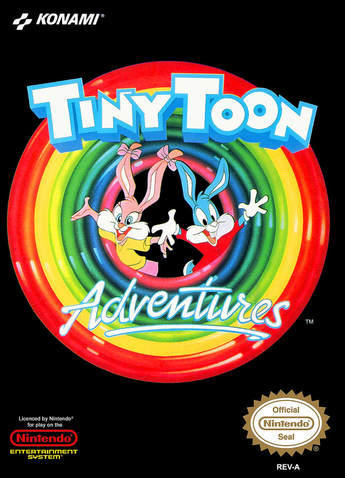
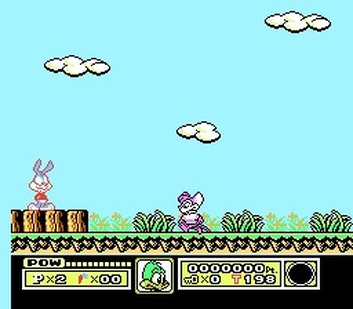
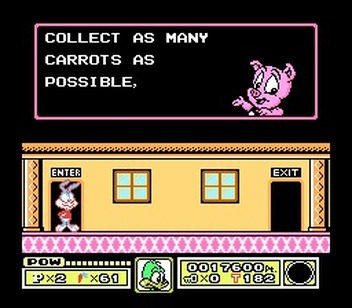
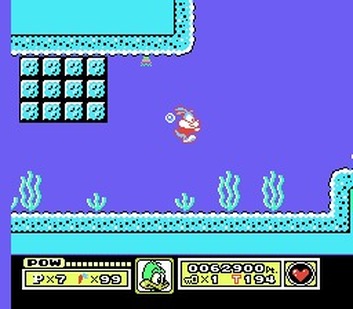
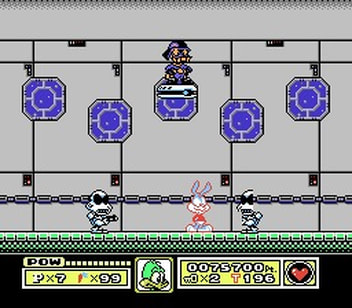
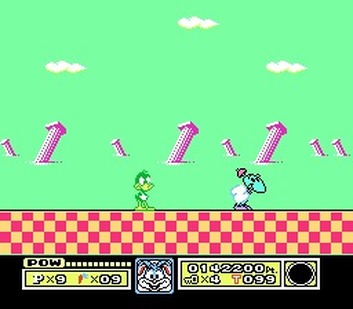


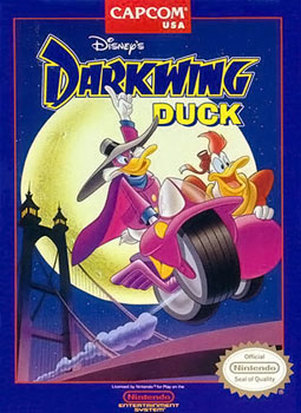
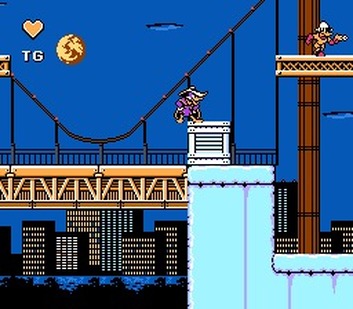
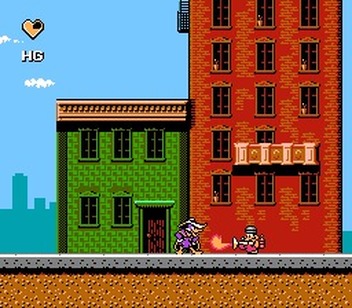

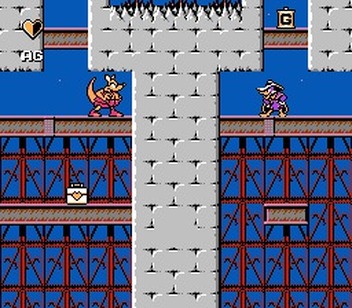
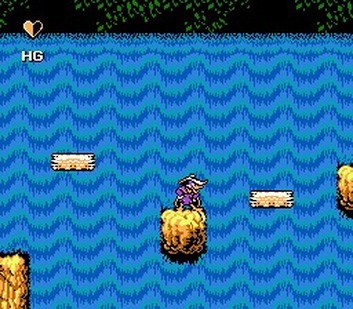
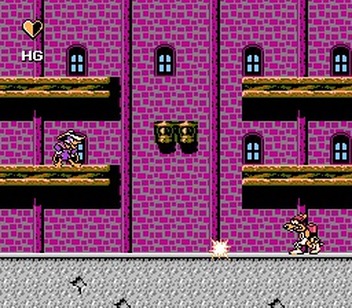

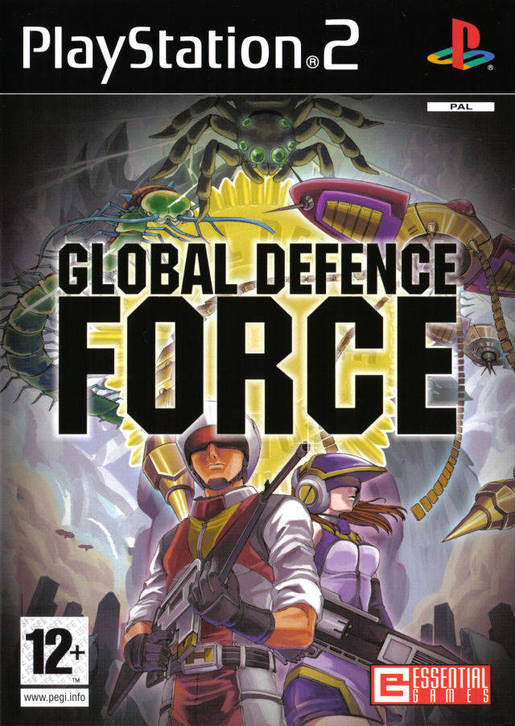
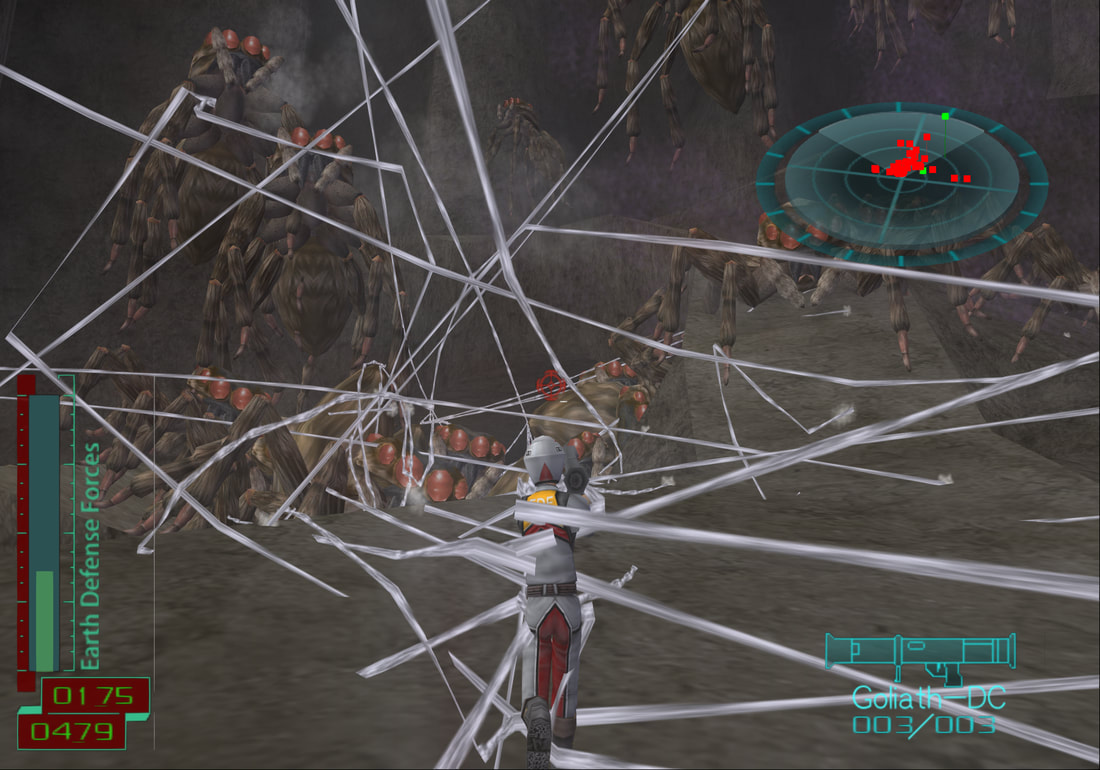
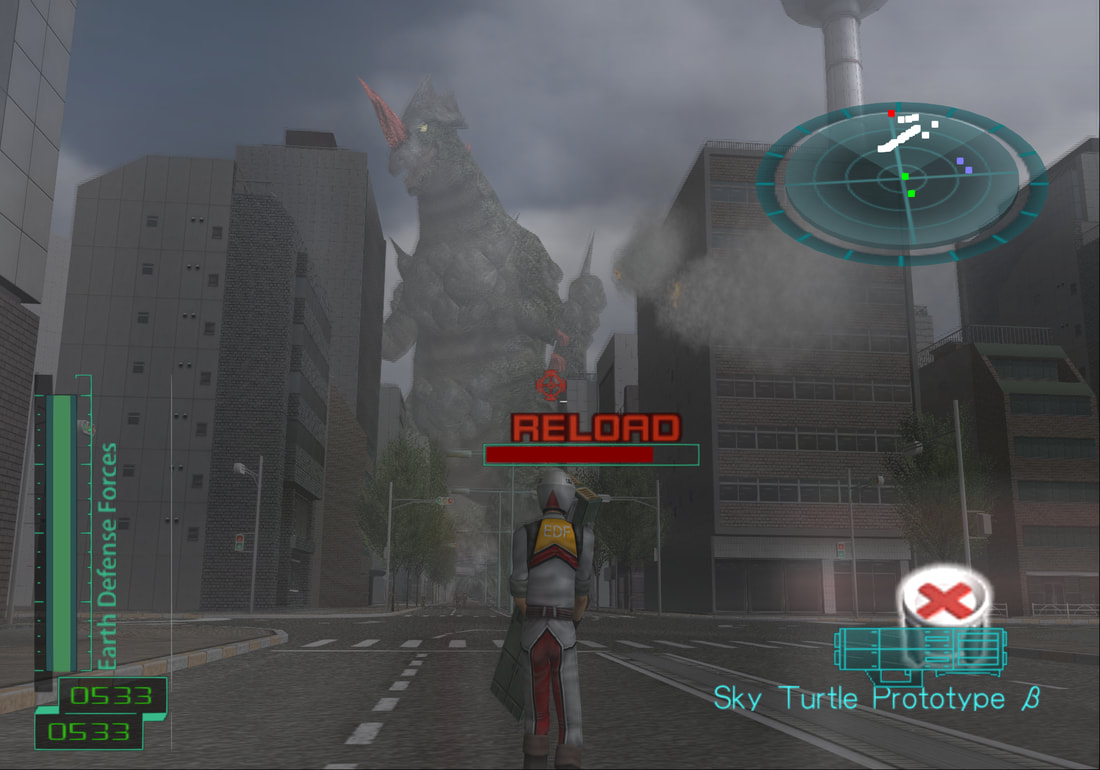
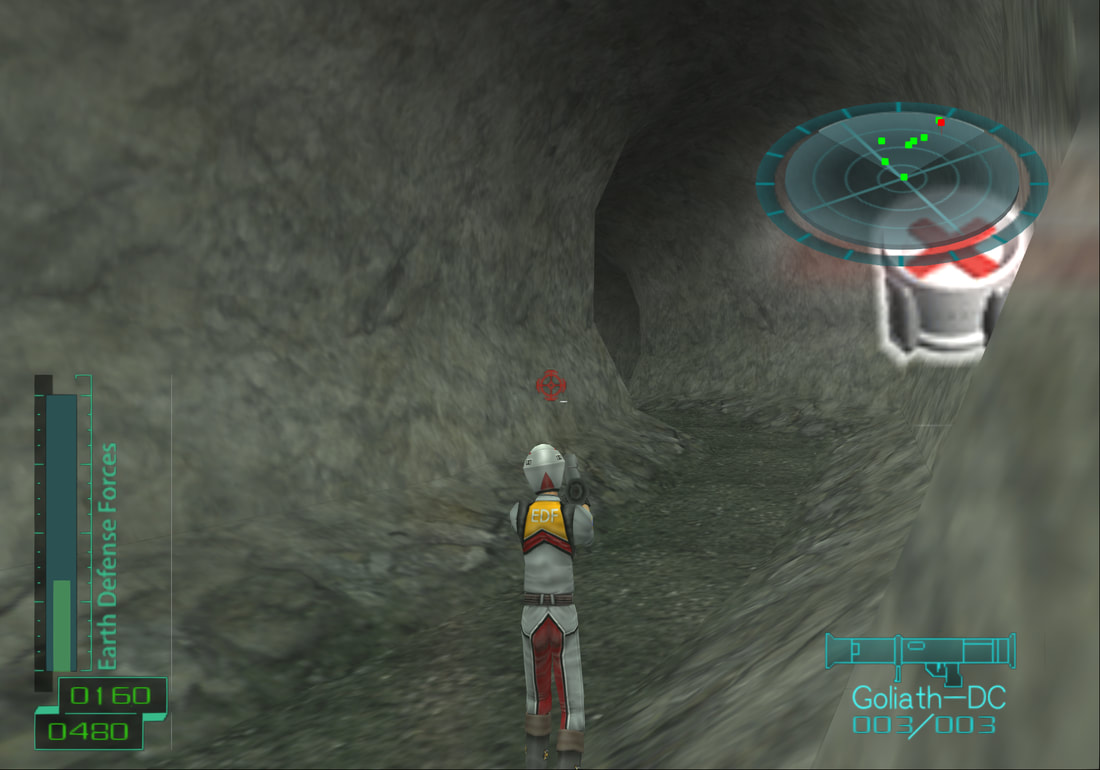
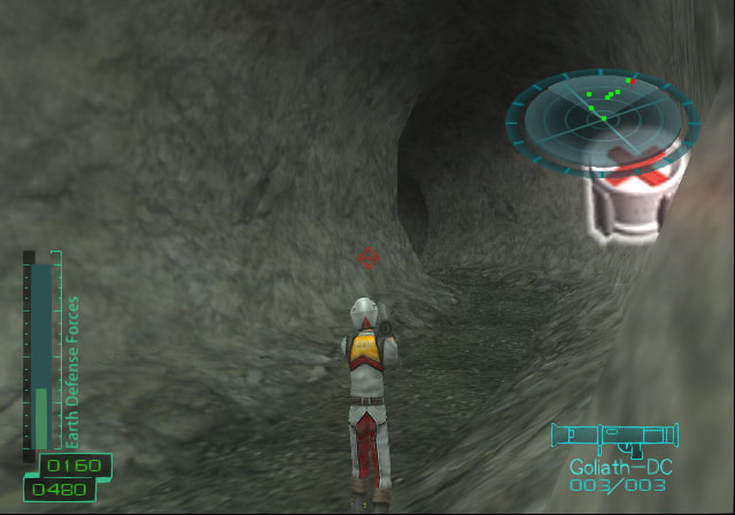
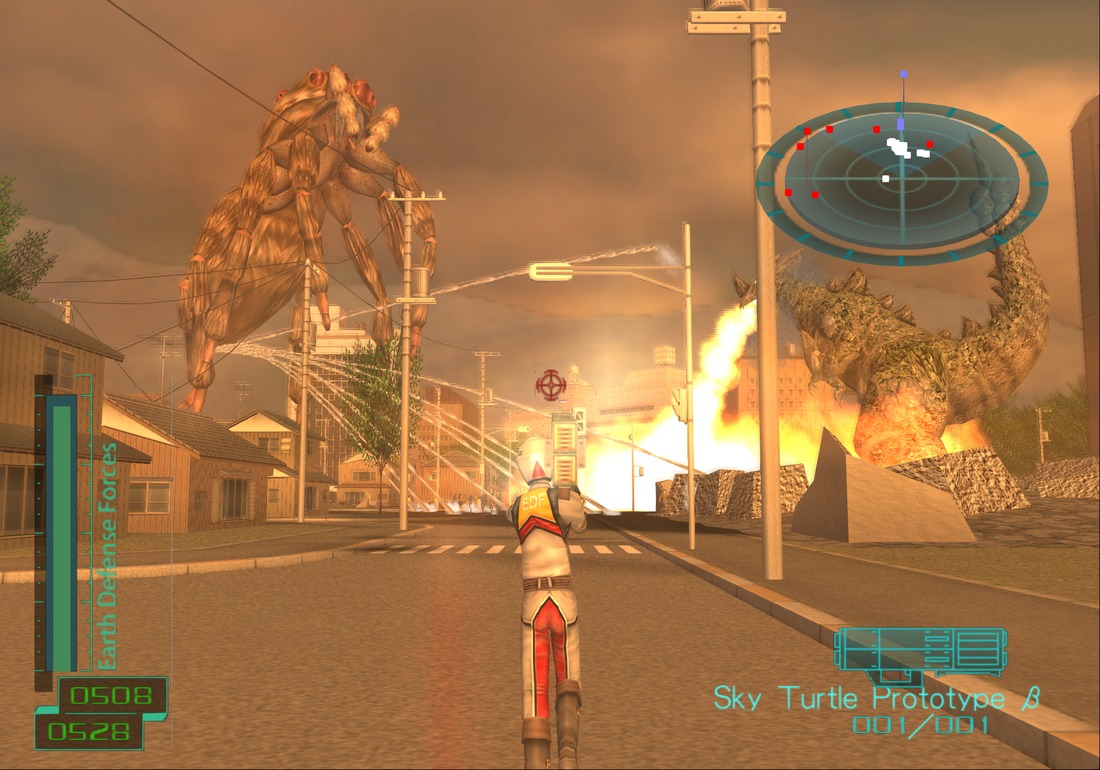

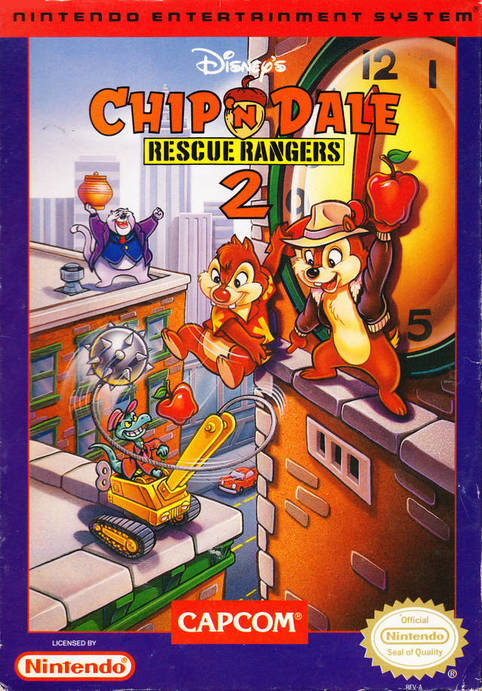
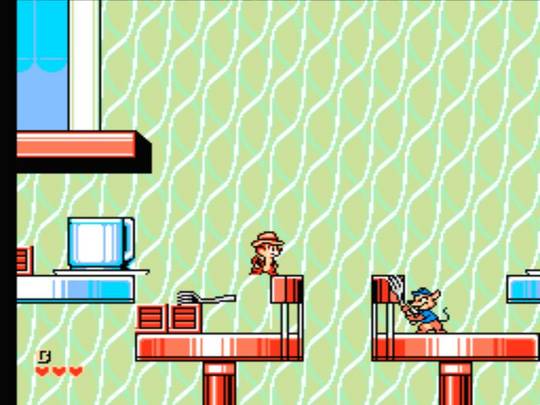
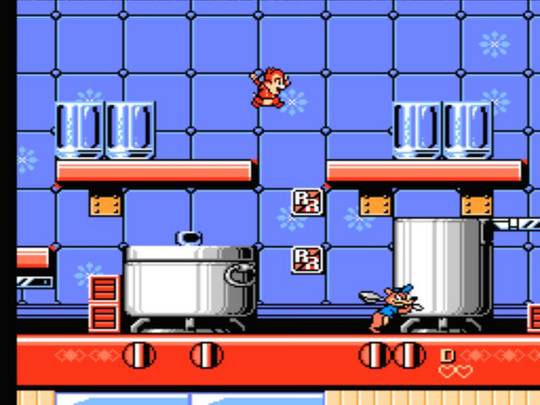
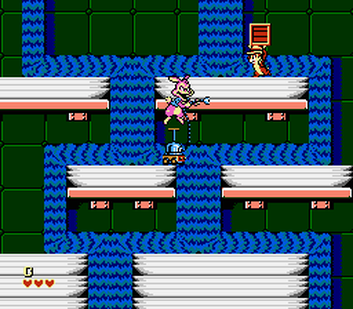
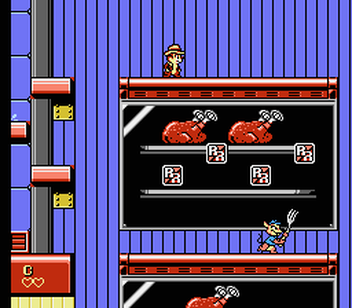
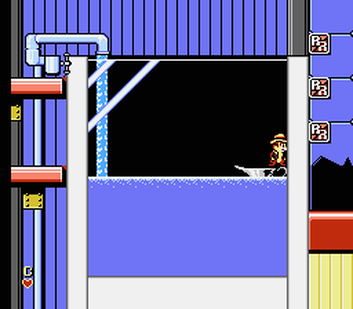
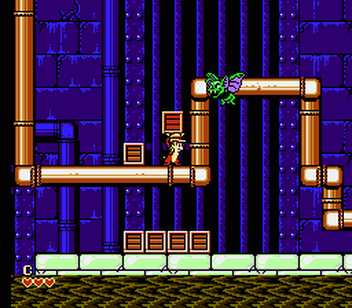


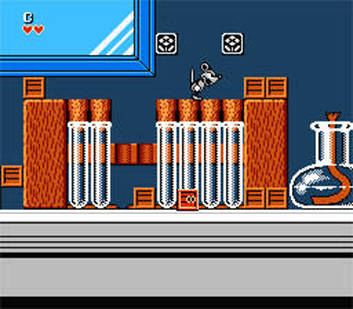
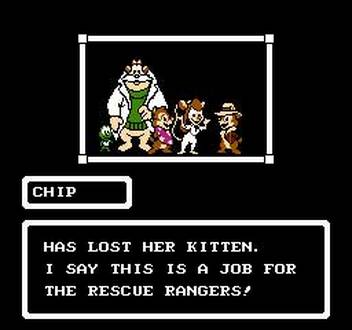
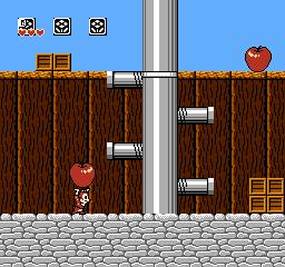
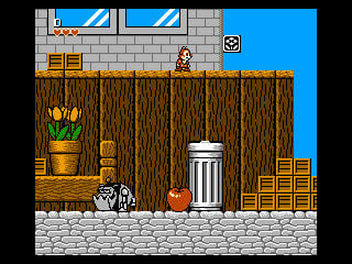
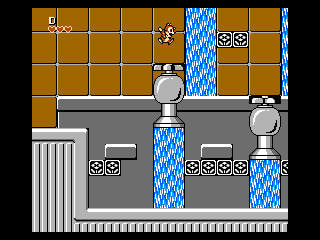
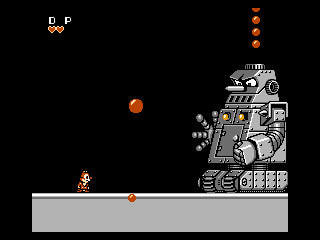

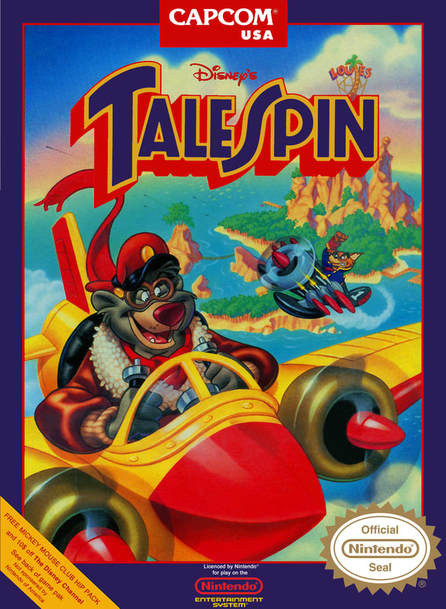
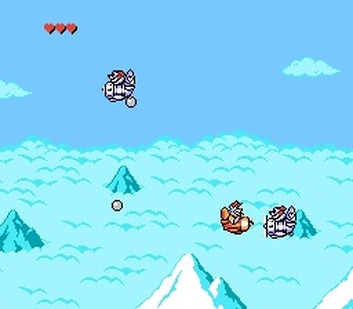
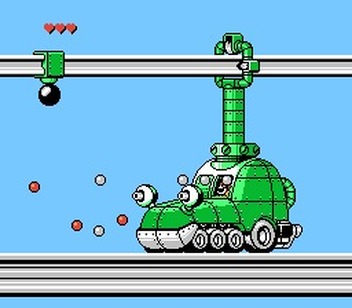
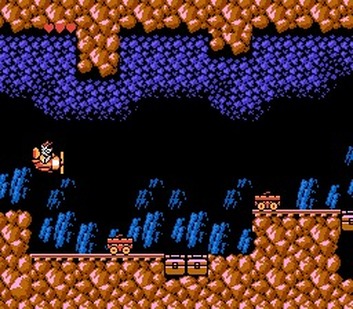

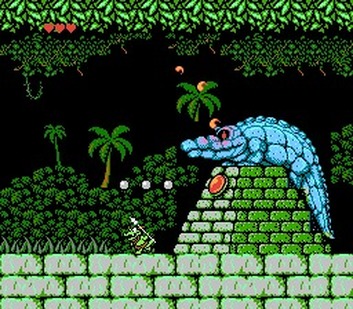
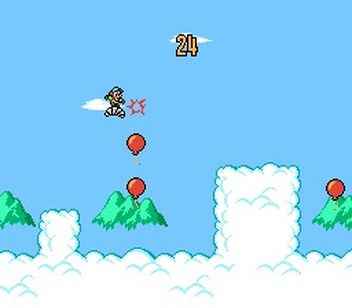

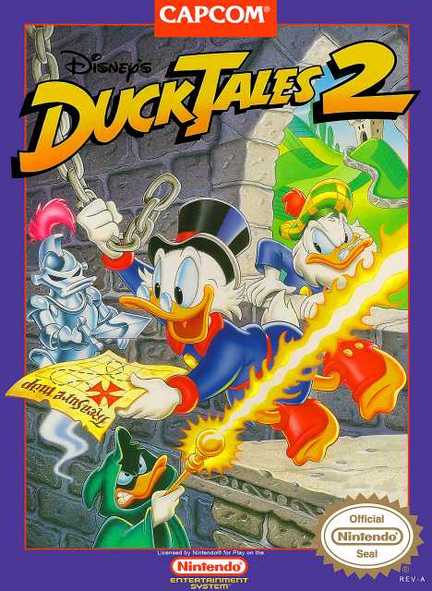
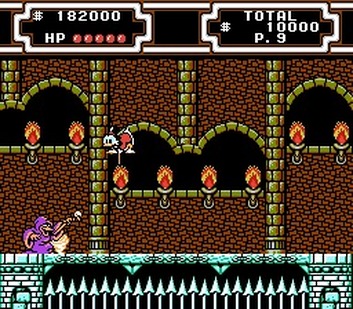
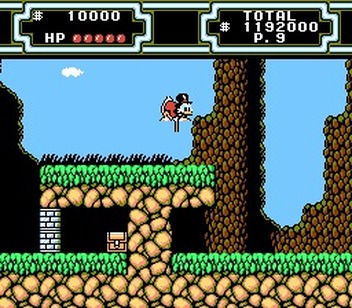
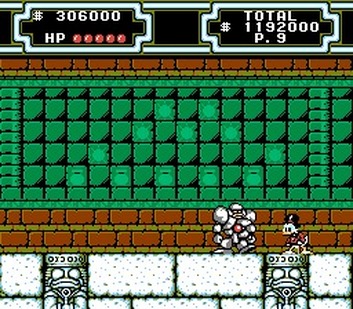
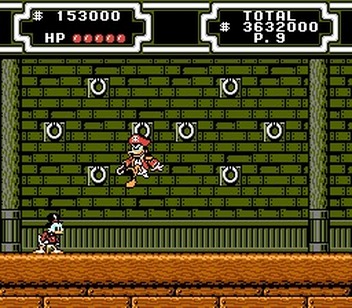
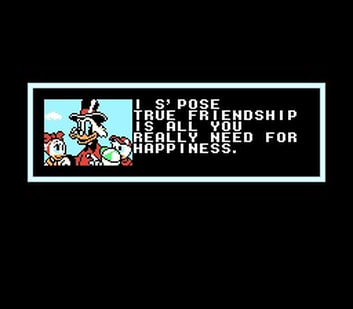
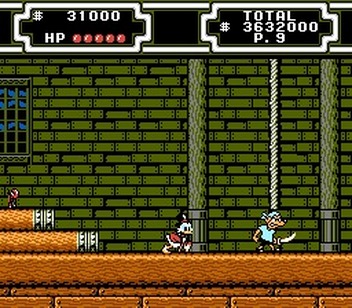

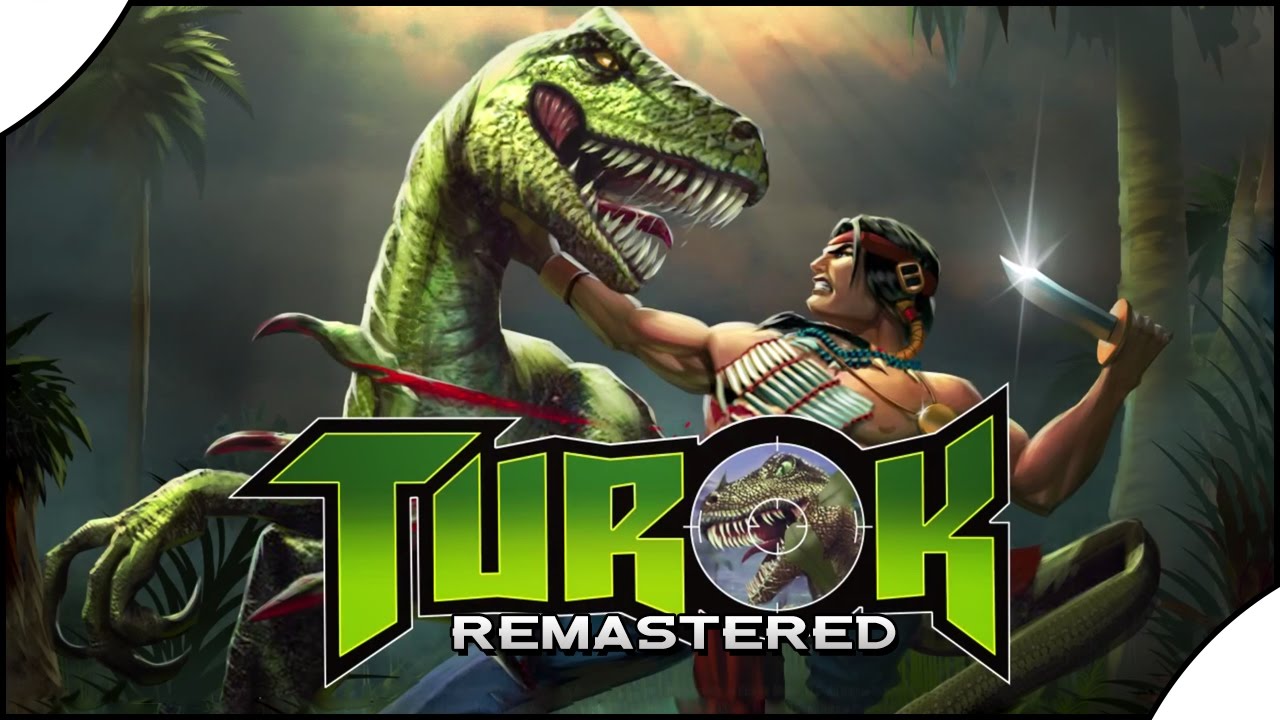
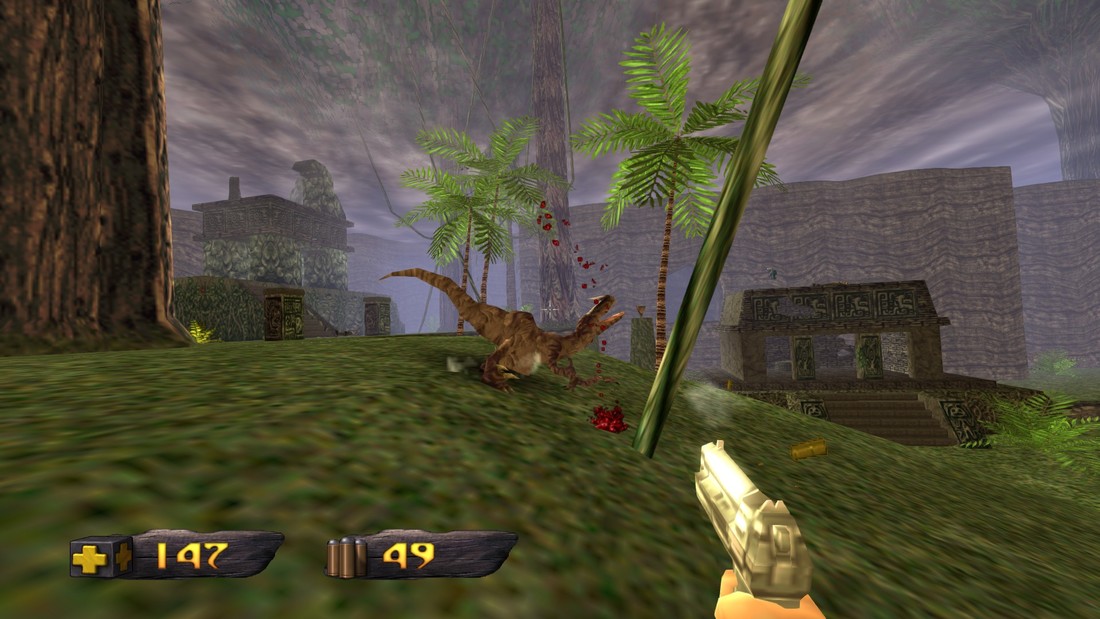

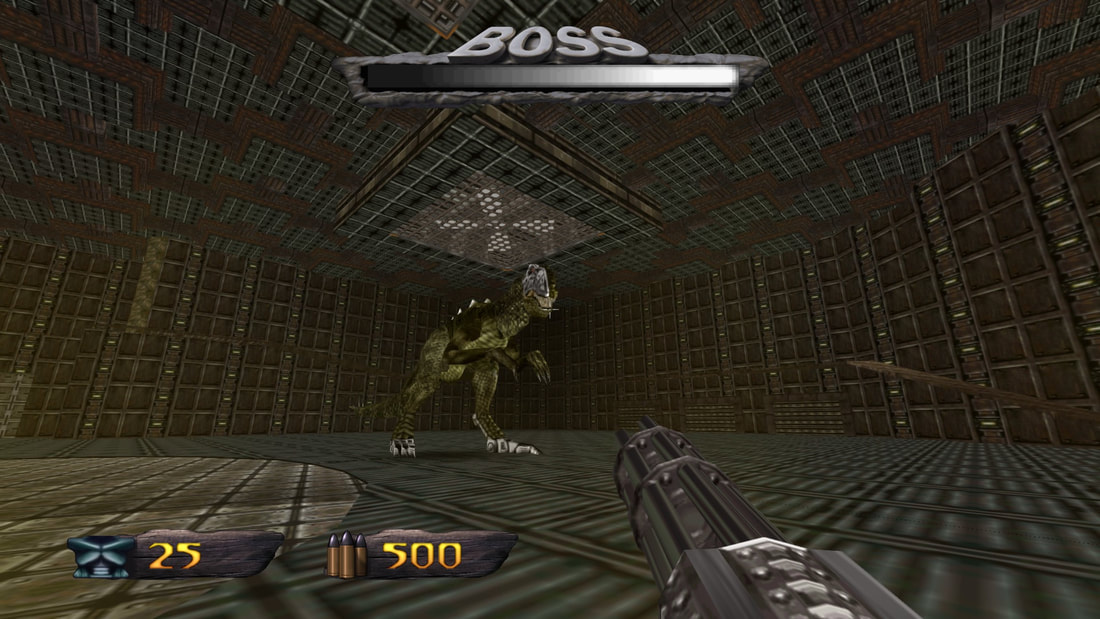

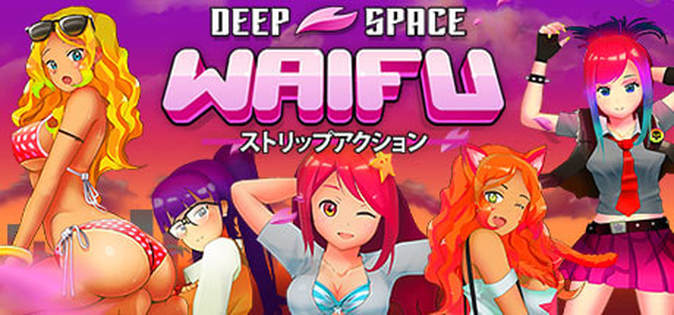
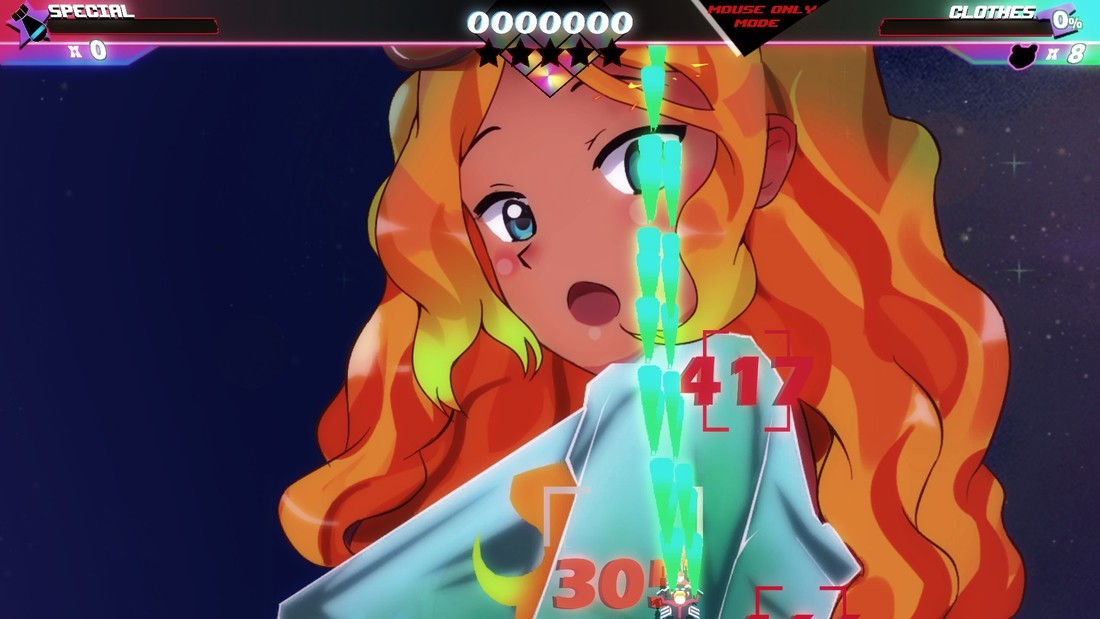
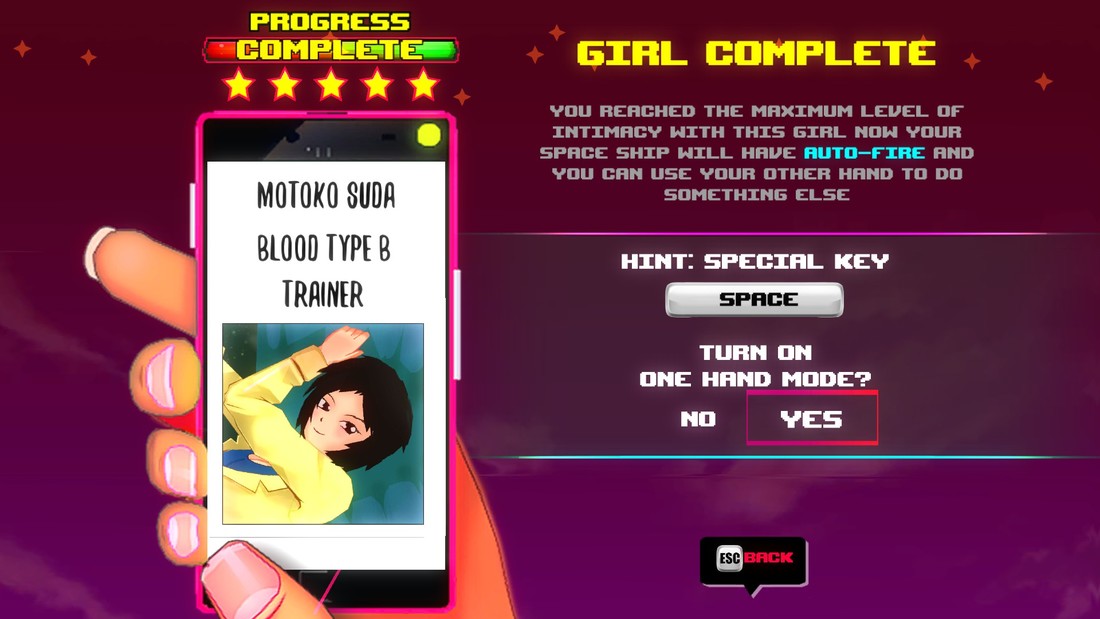
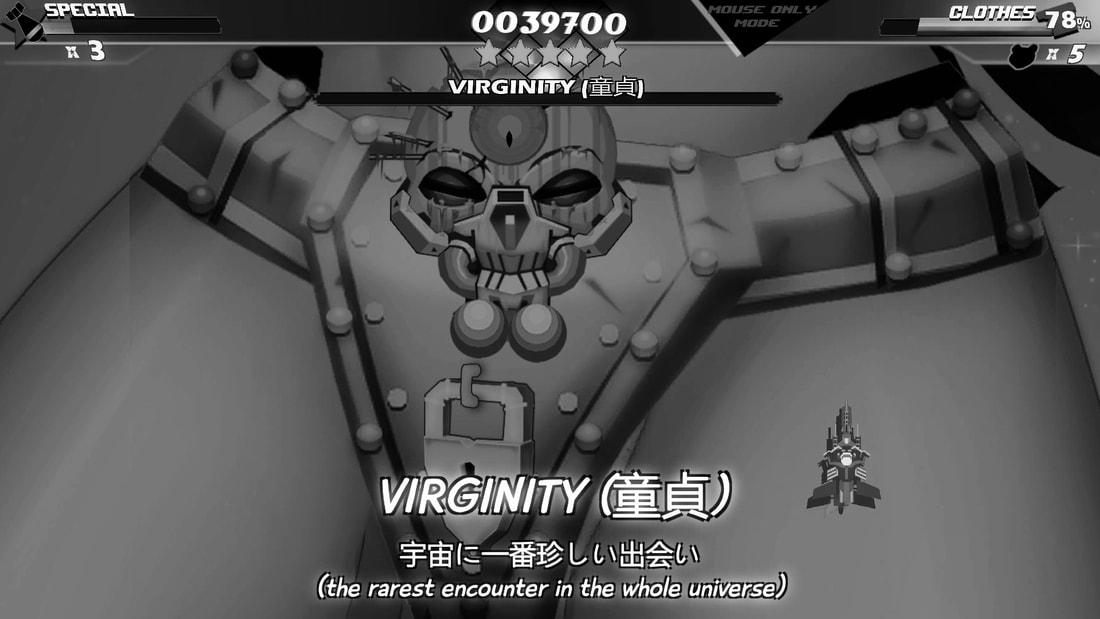

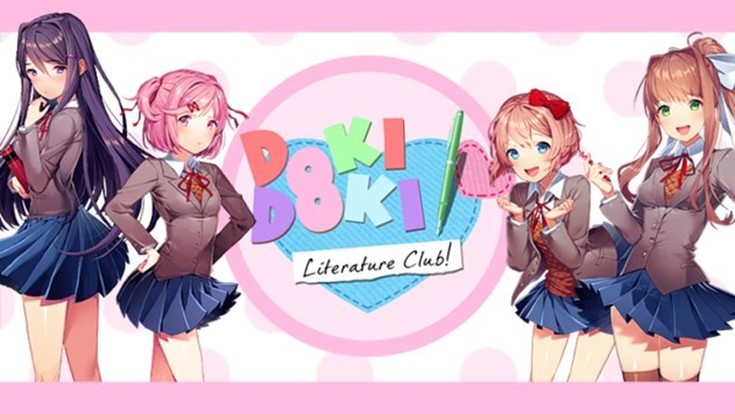
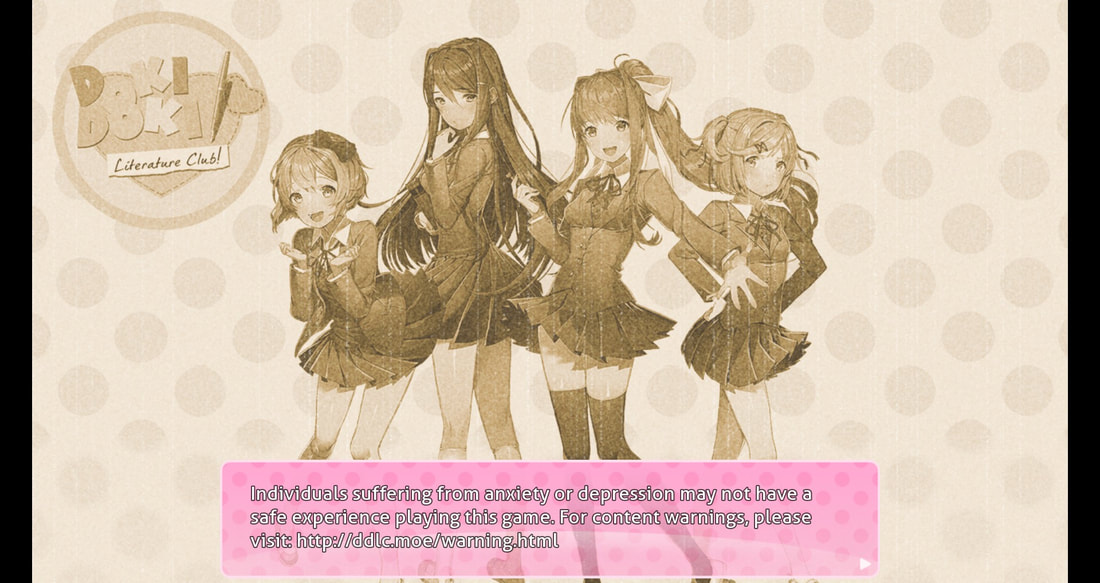
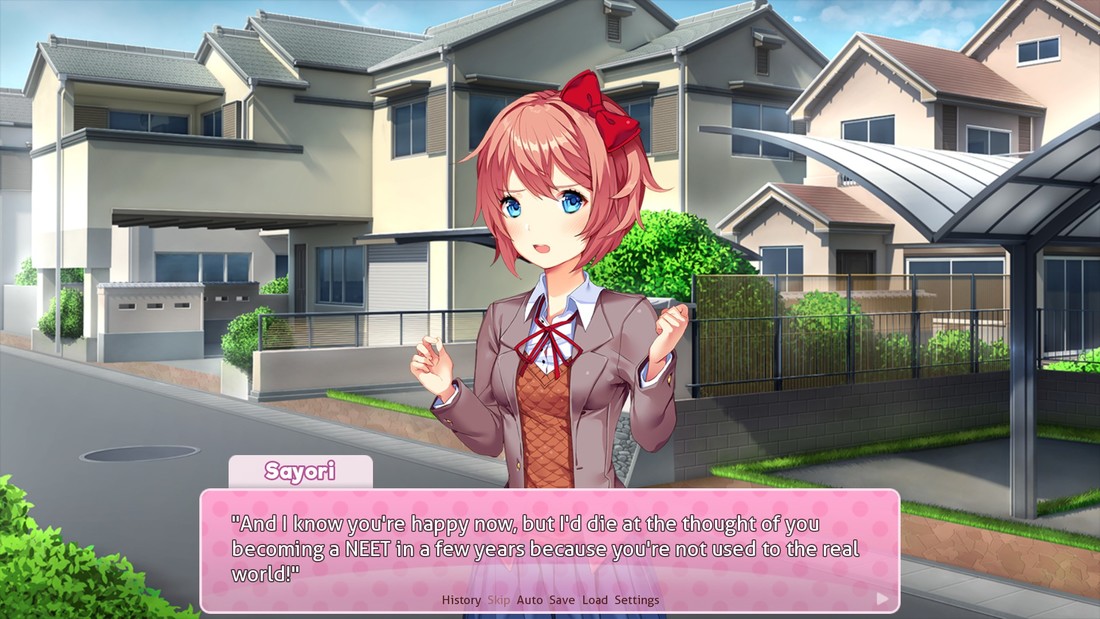
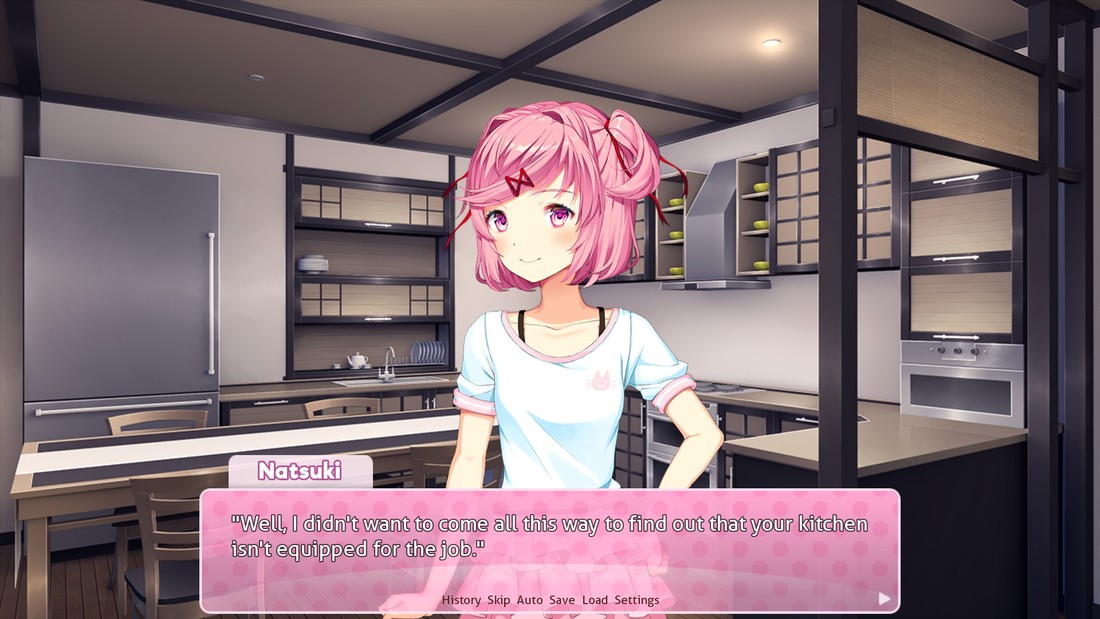


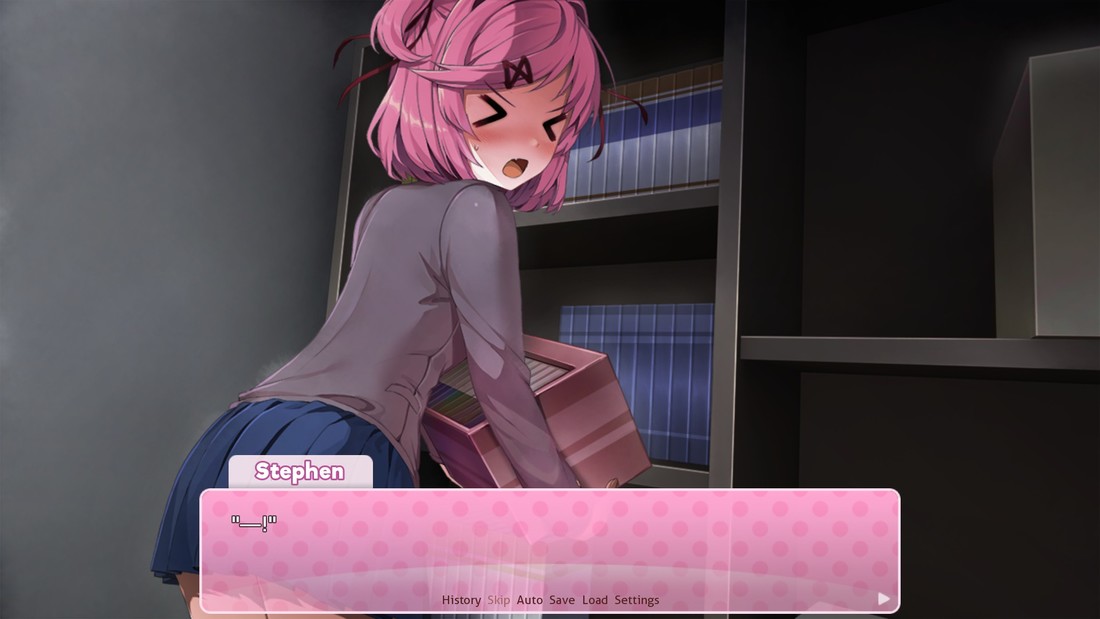


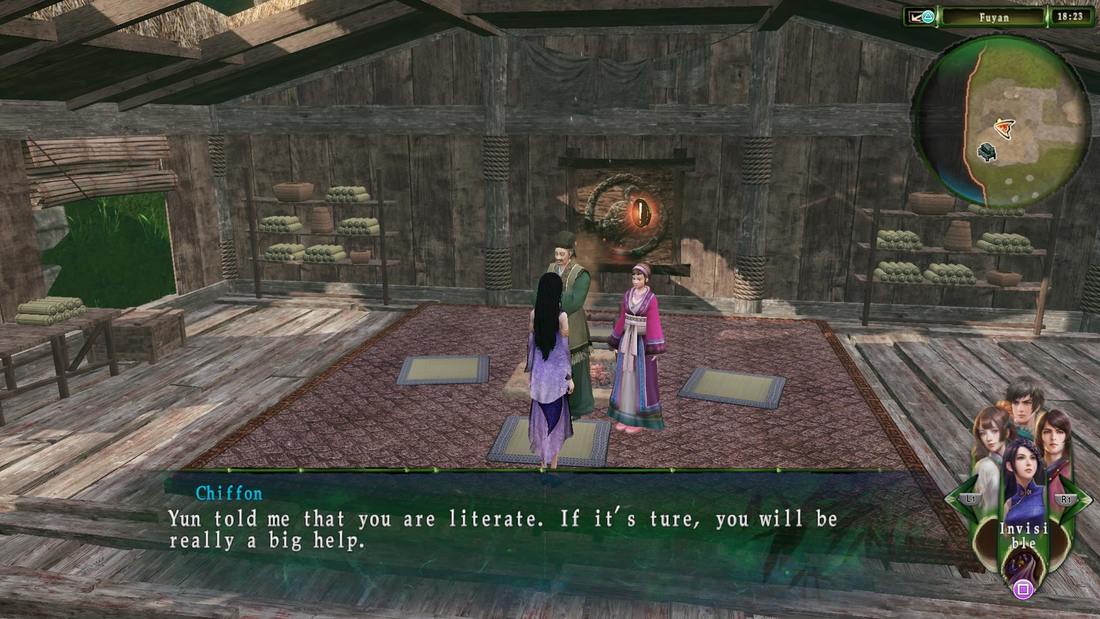
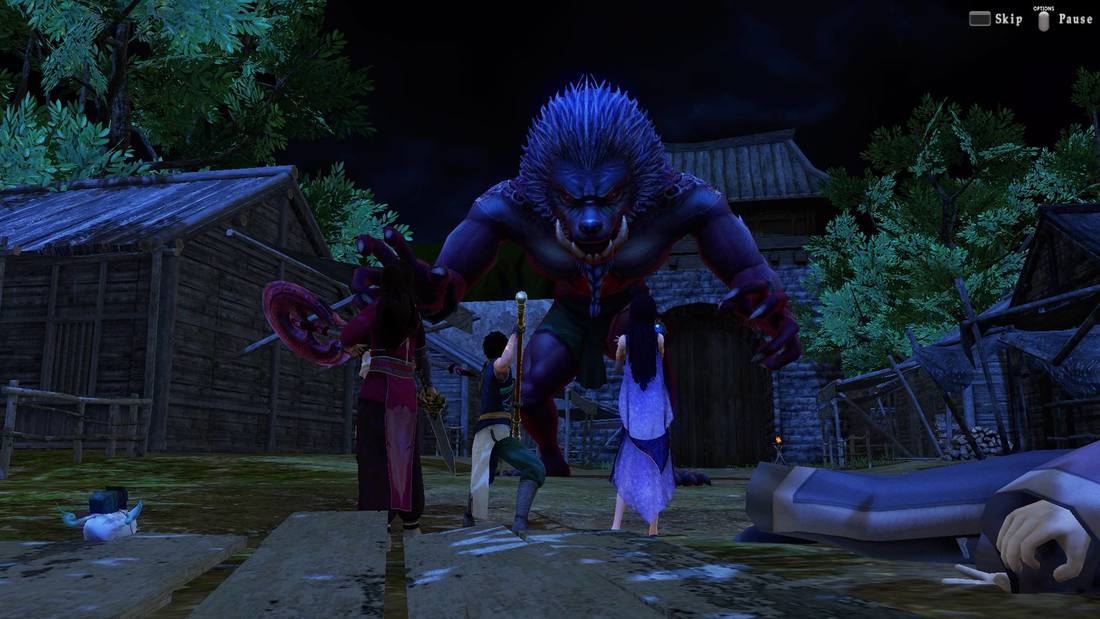

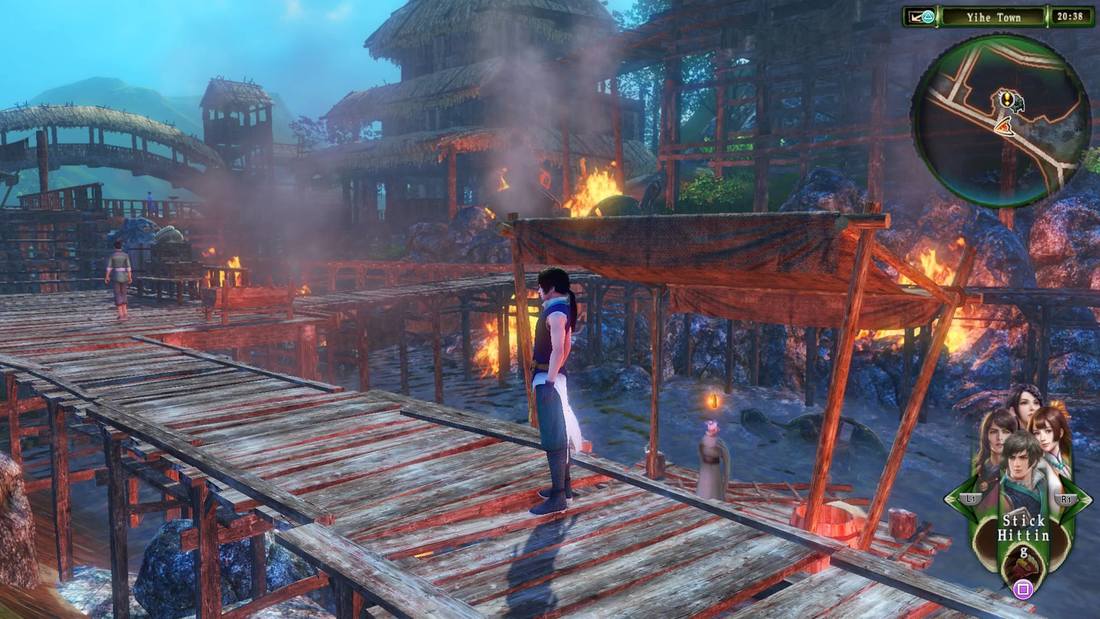
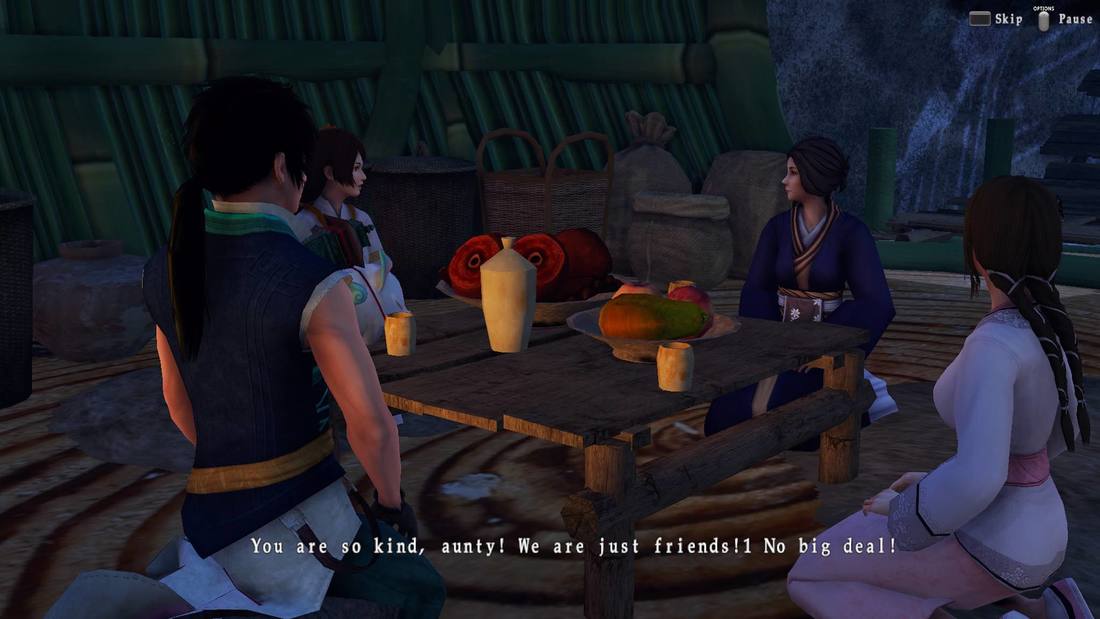
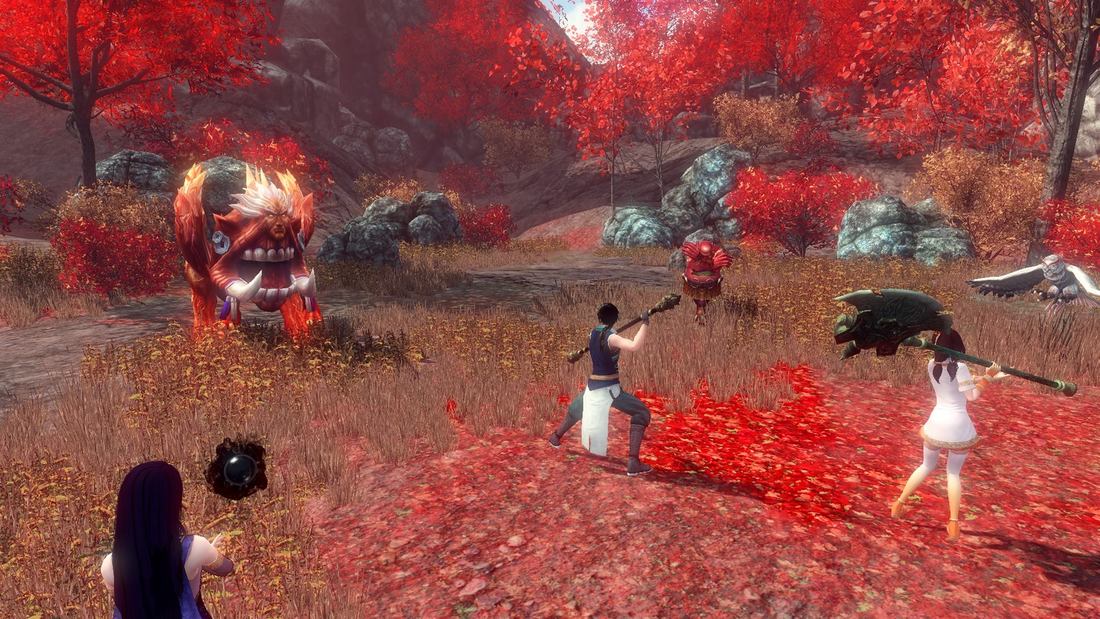
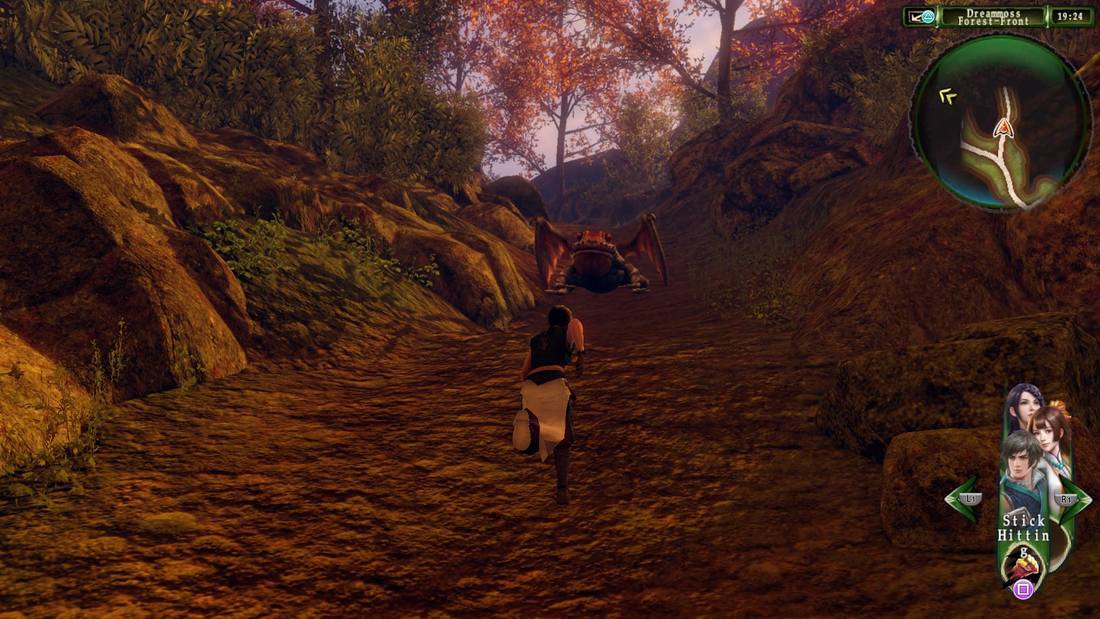

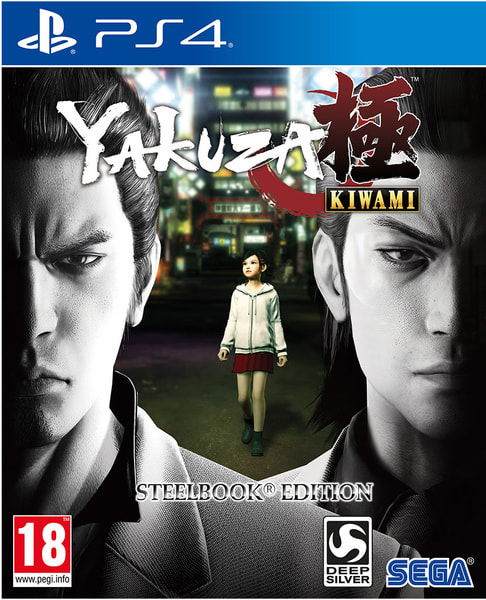
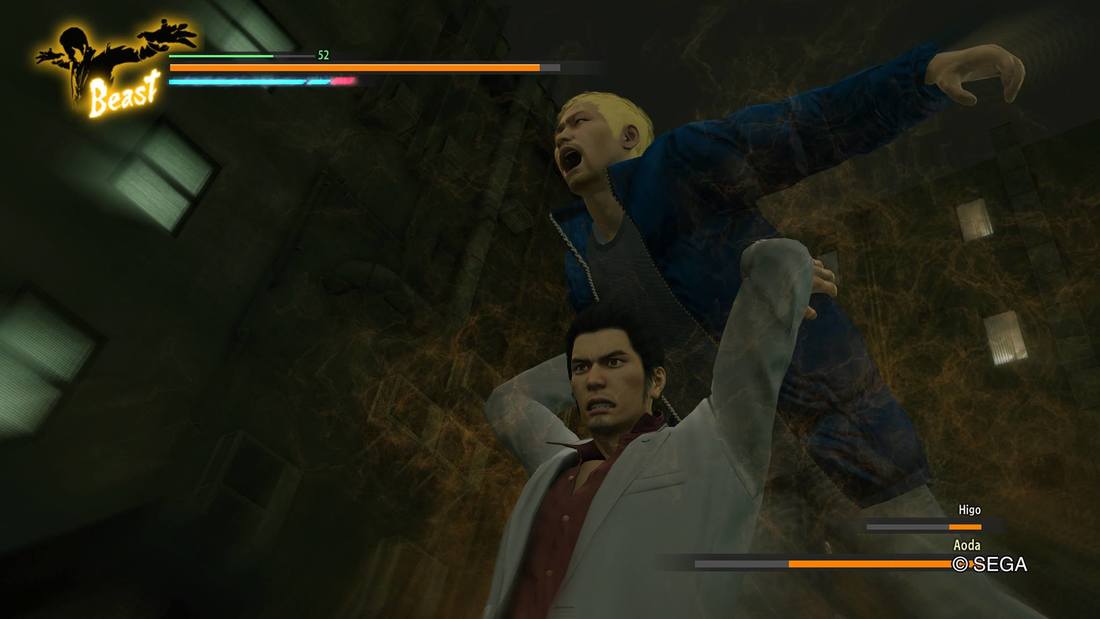
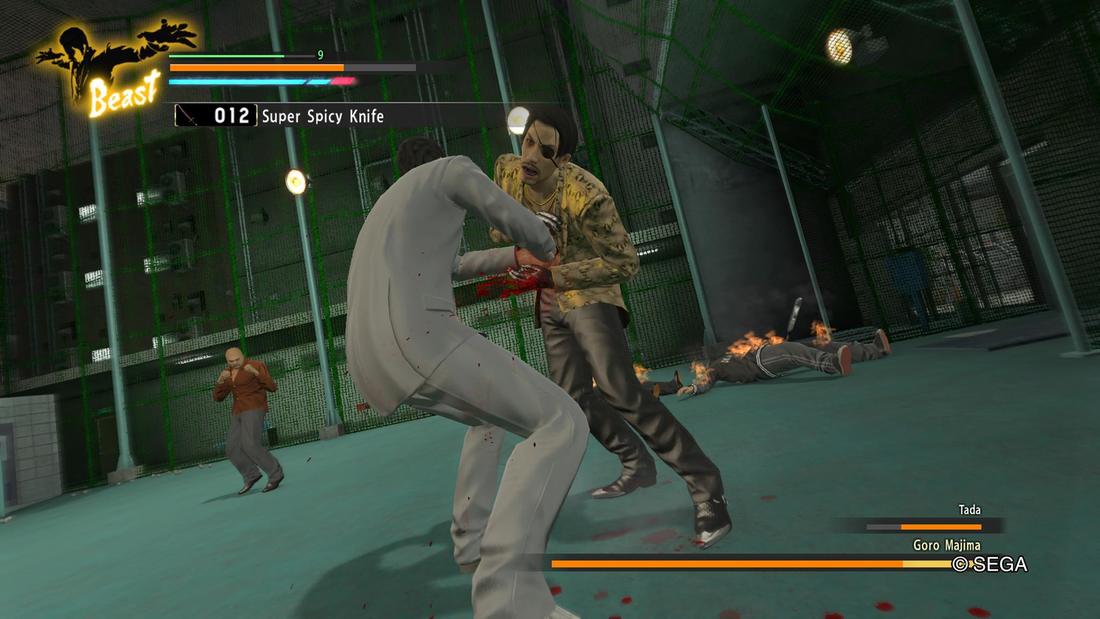
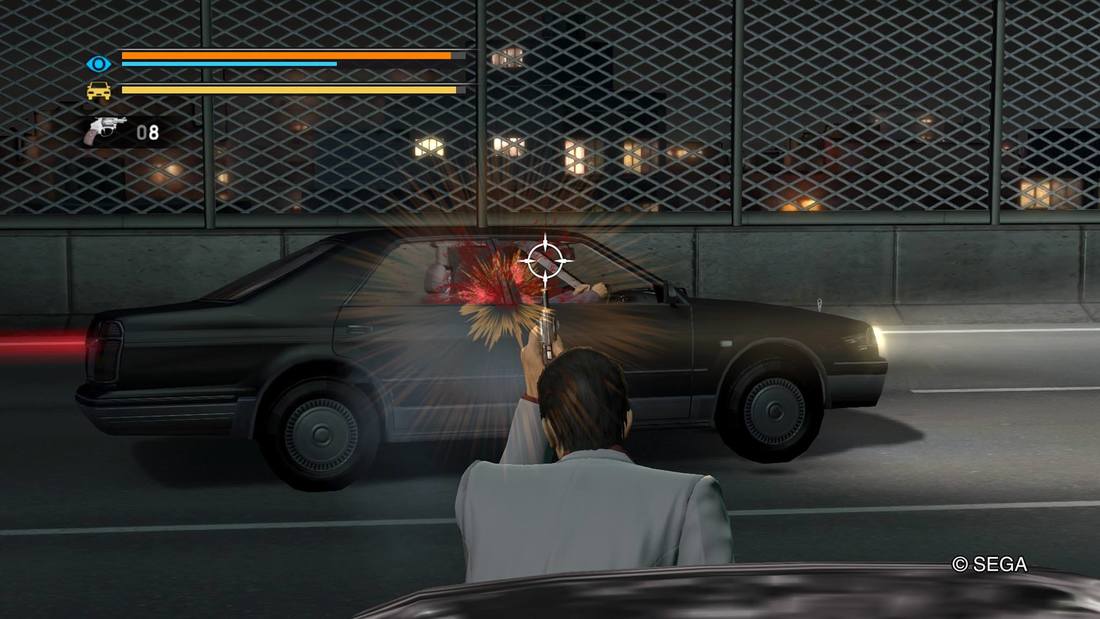
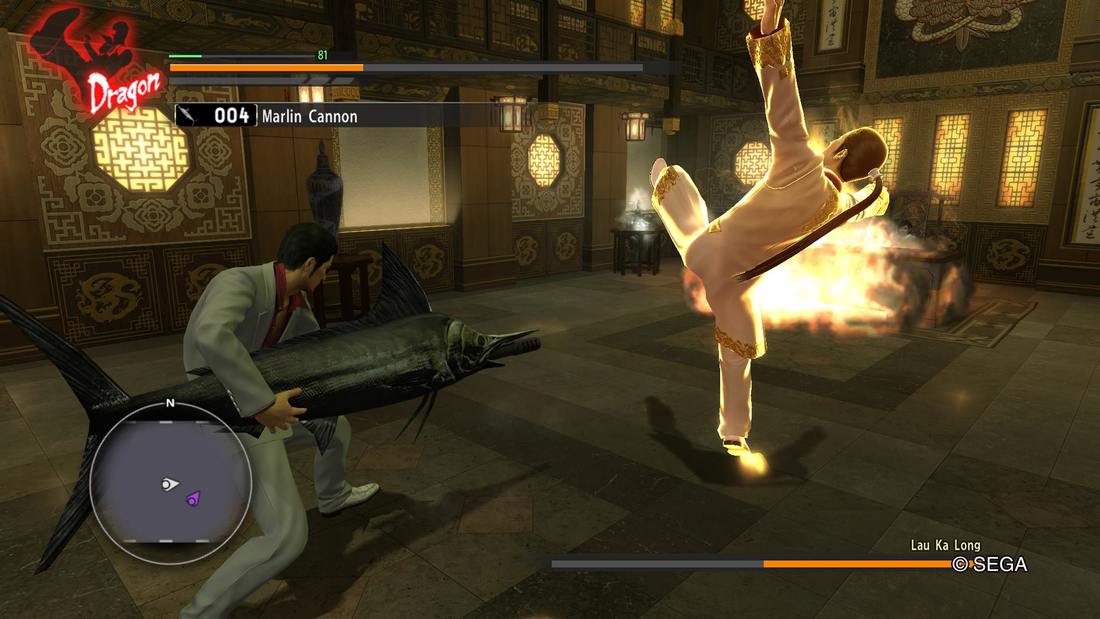
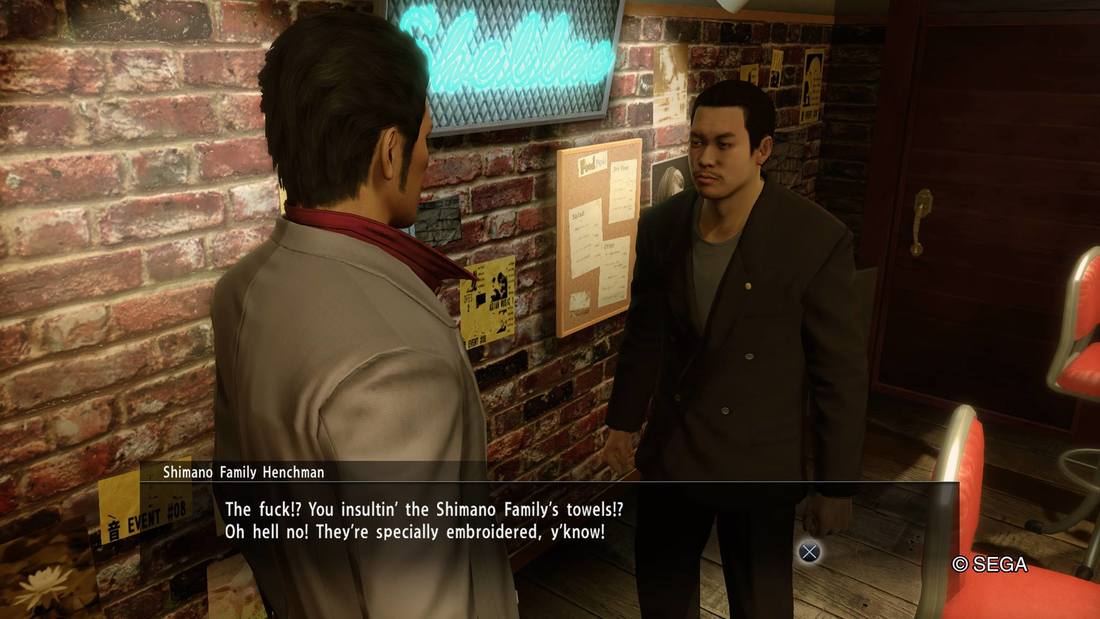
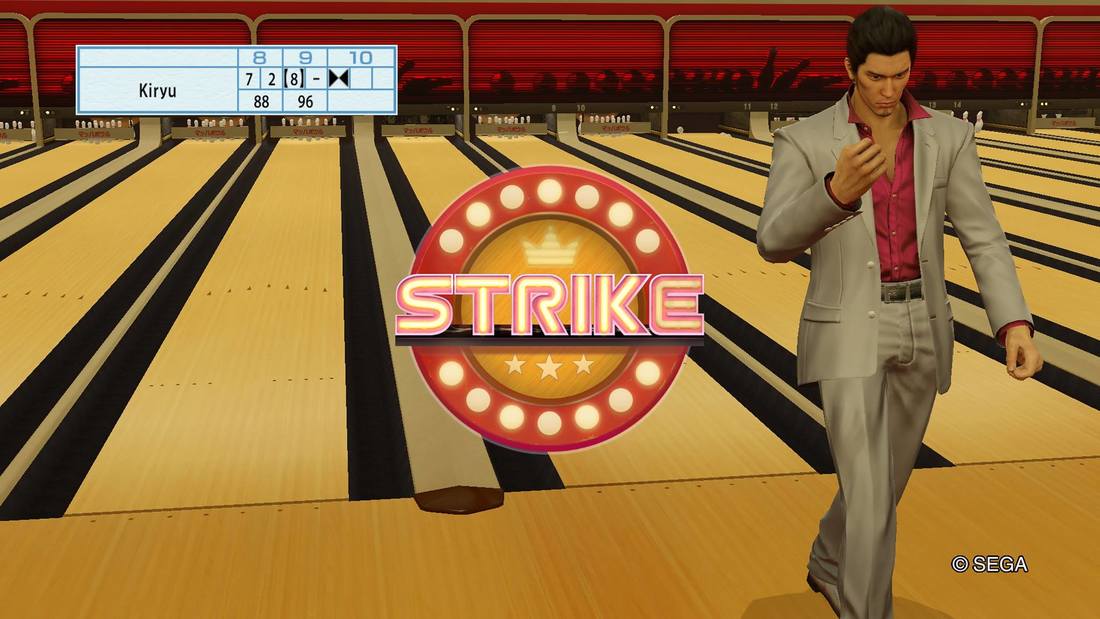
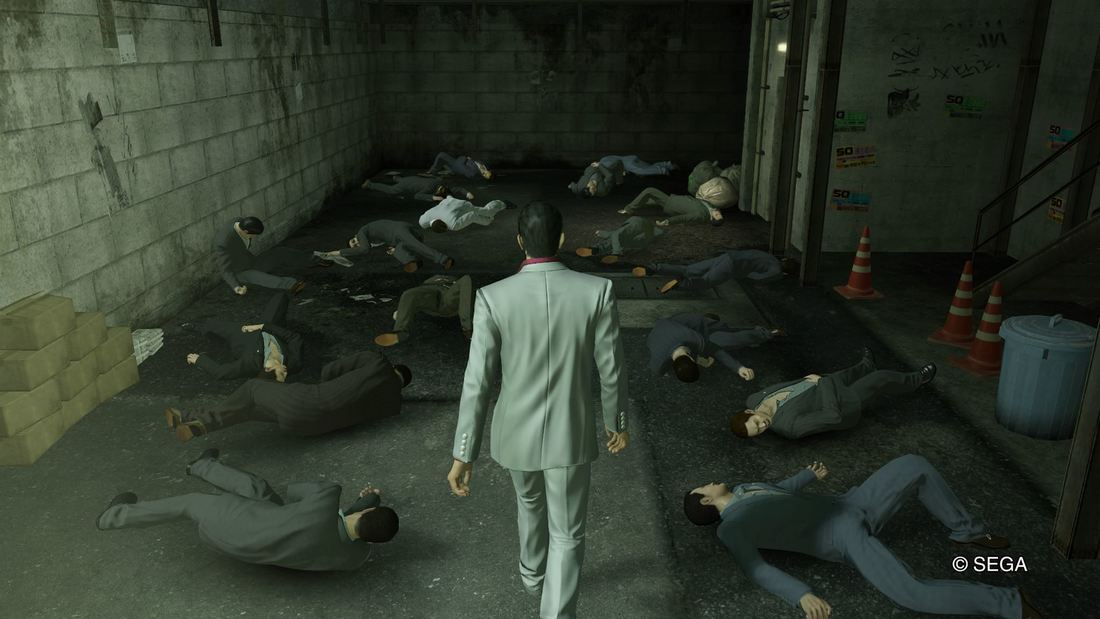

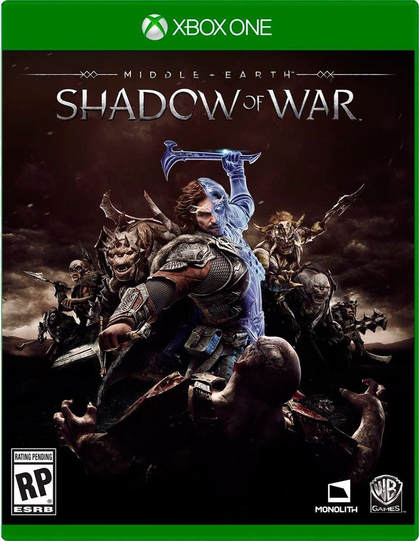
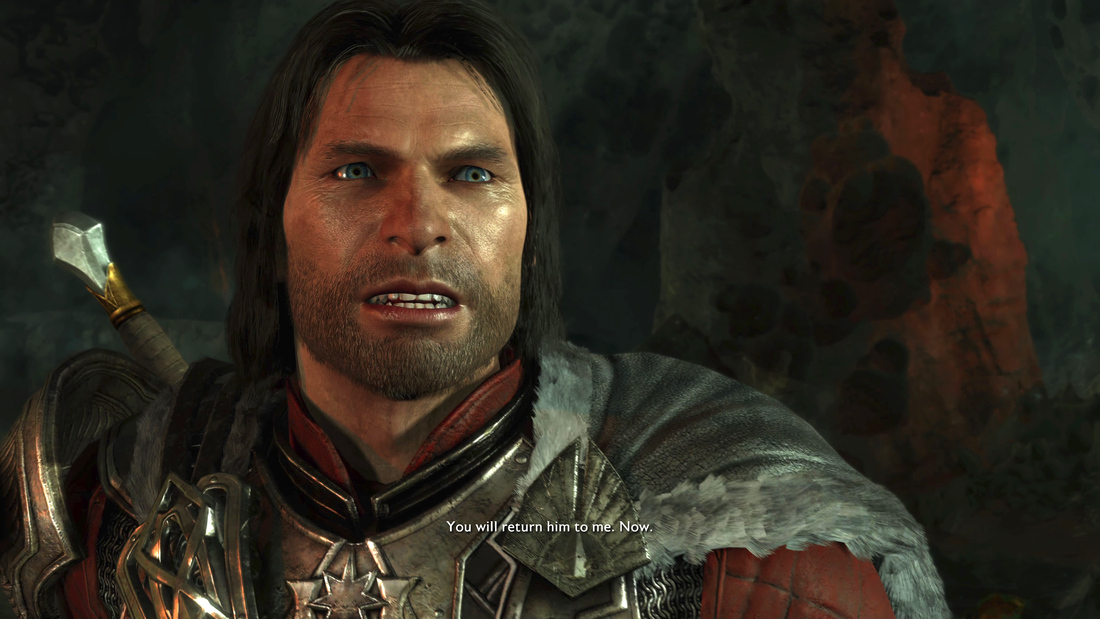
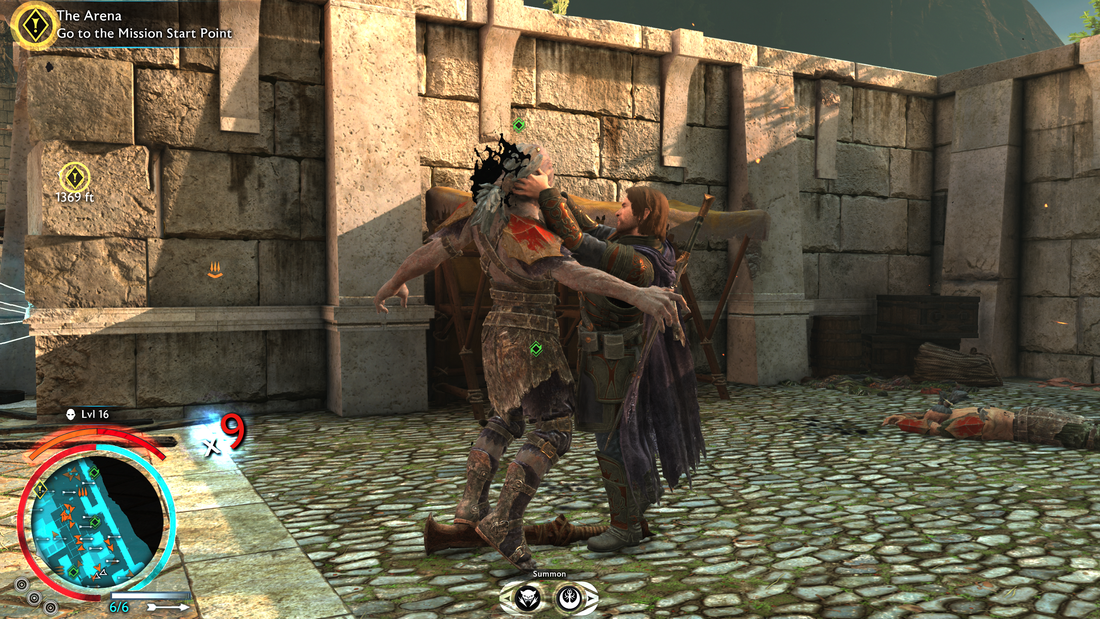
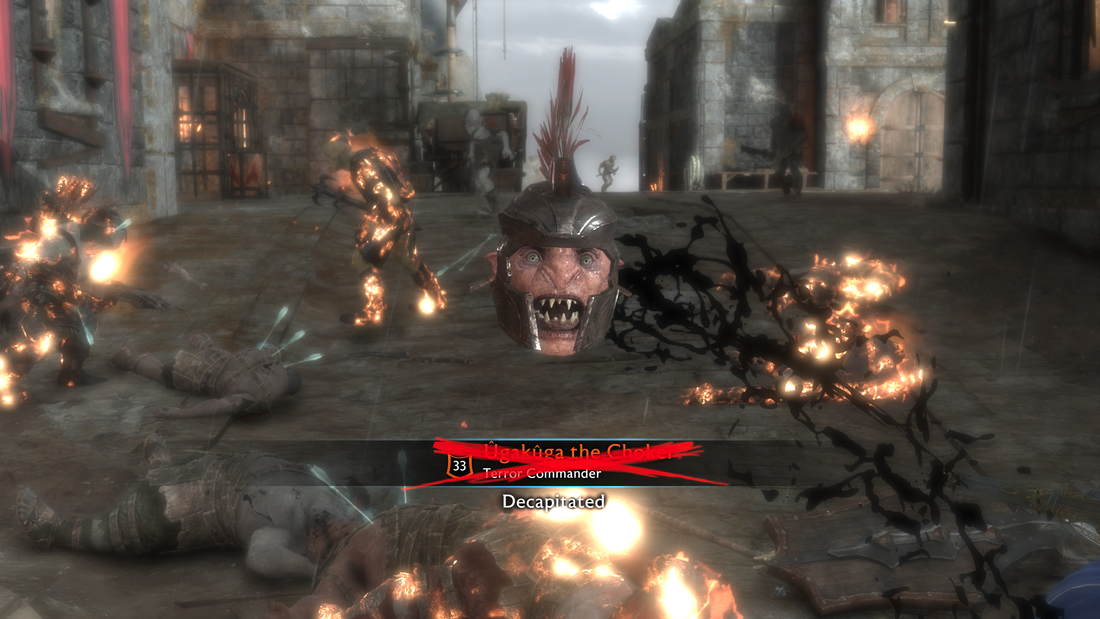
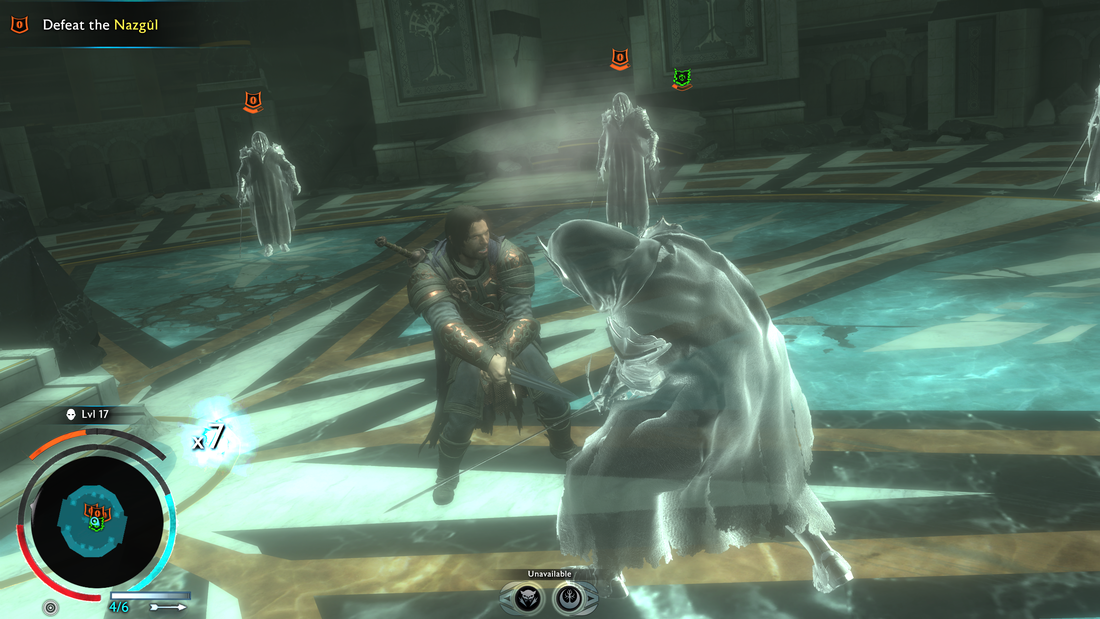
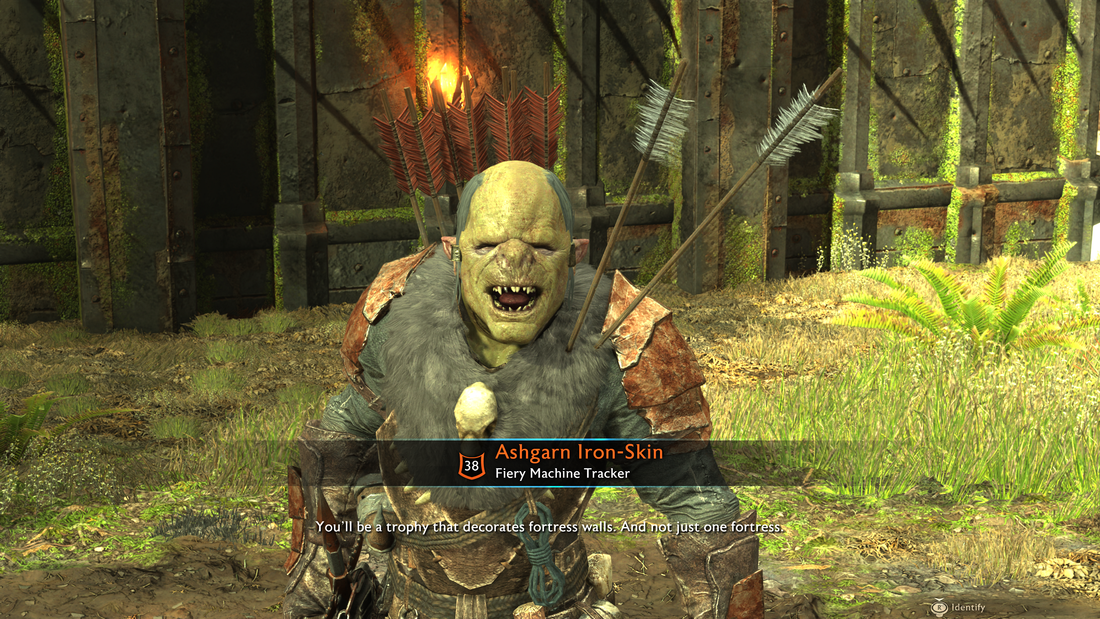

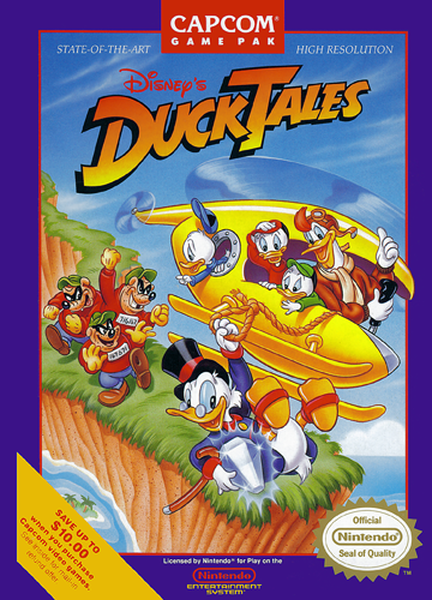
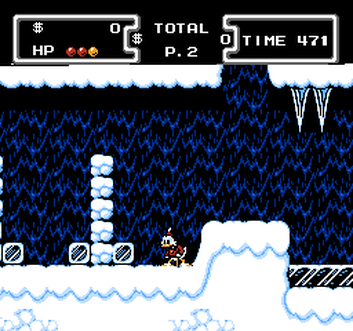

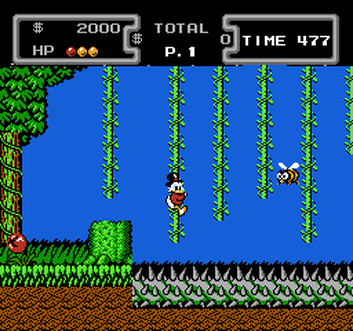
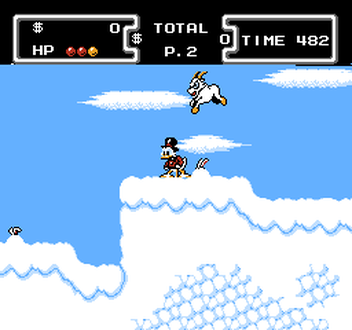
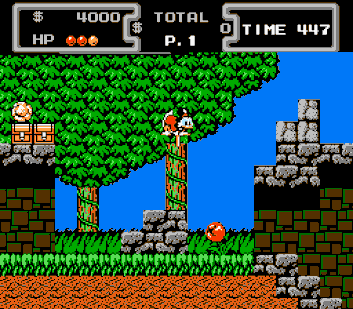


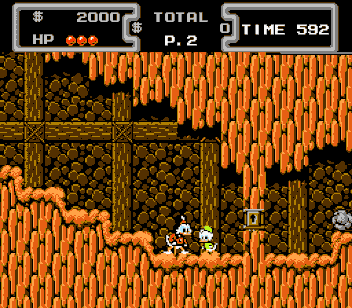


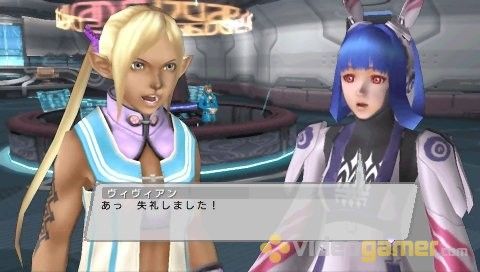

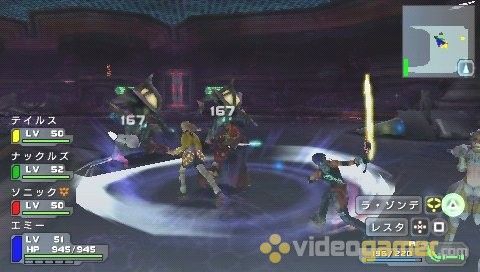
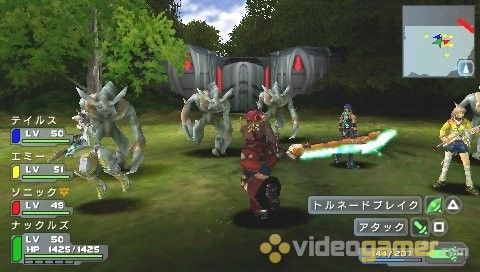

 RSS Feed
RSS Feed
